The Best Years of Our Lives
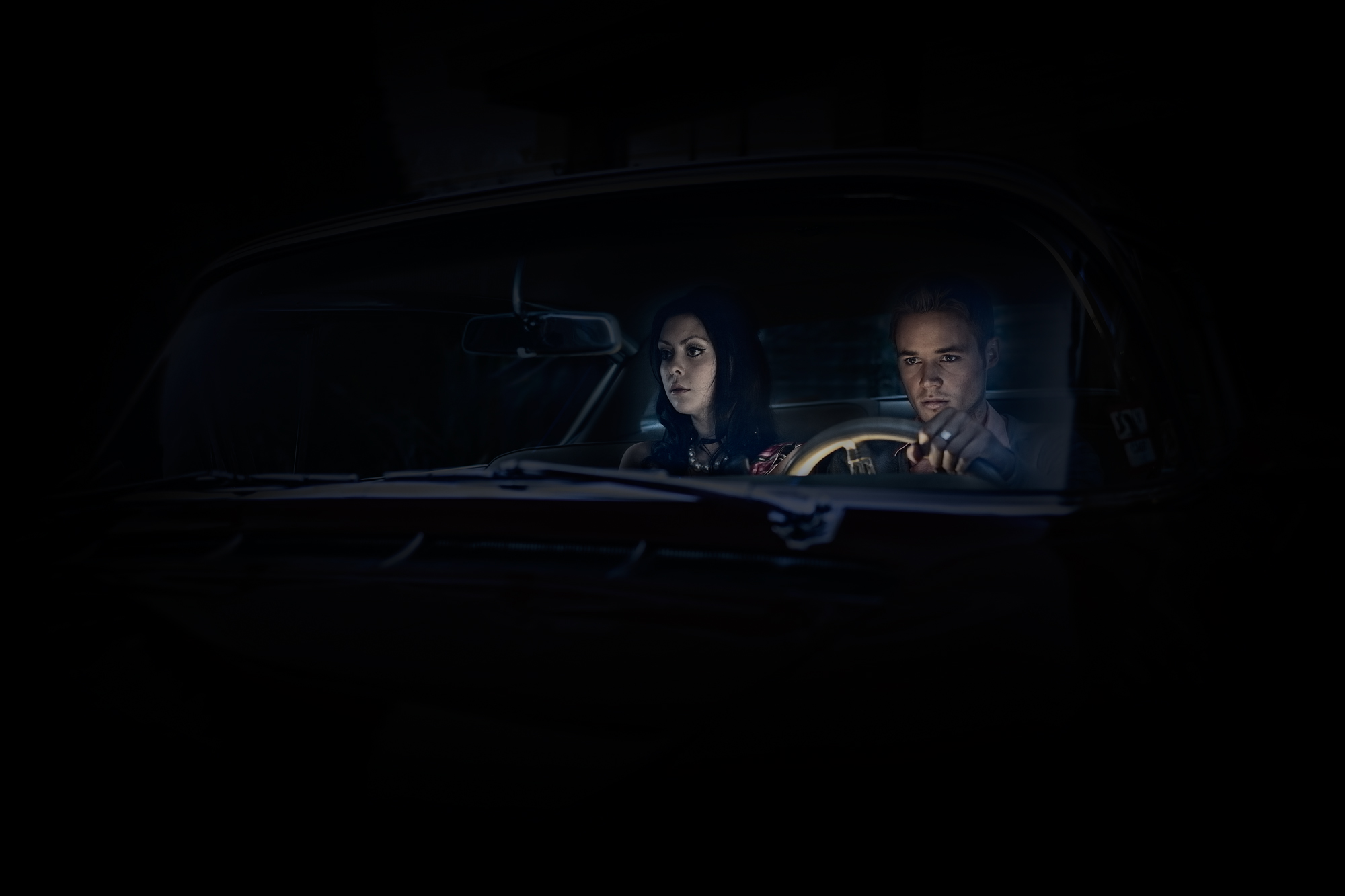
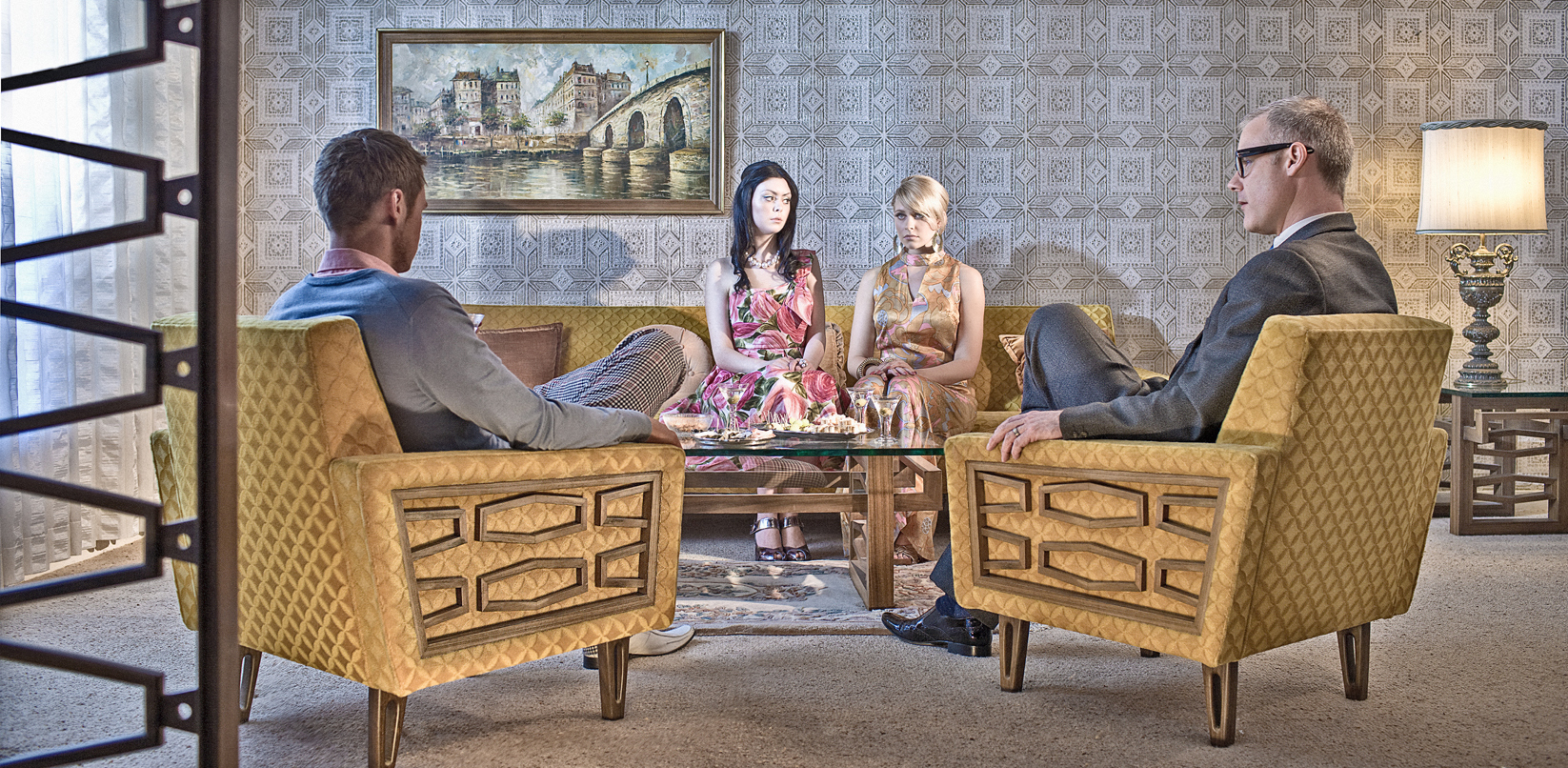
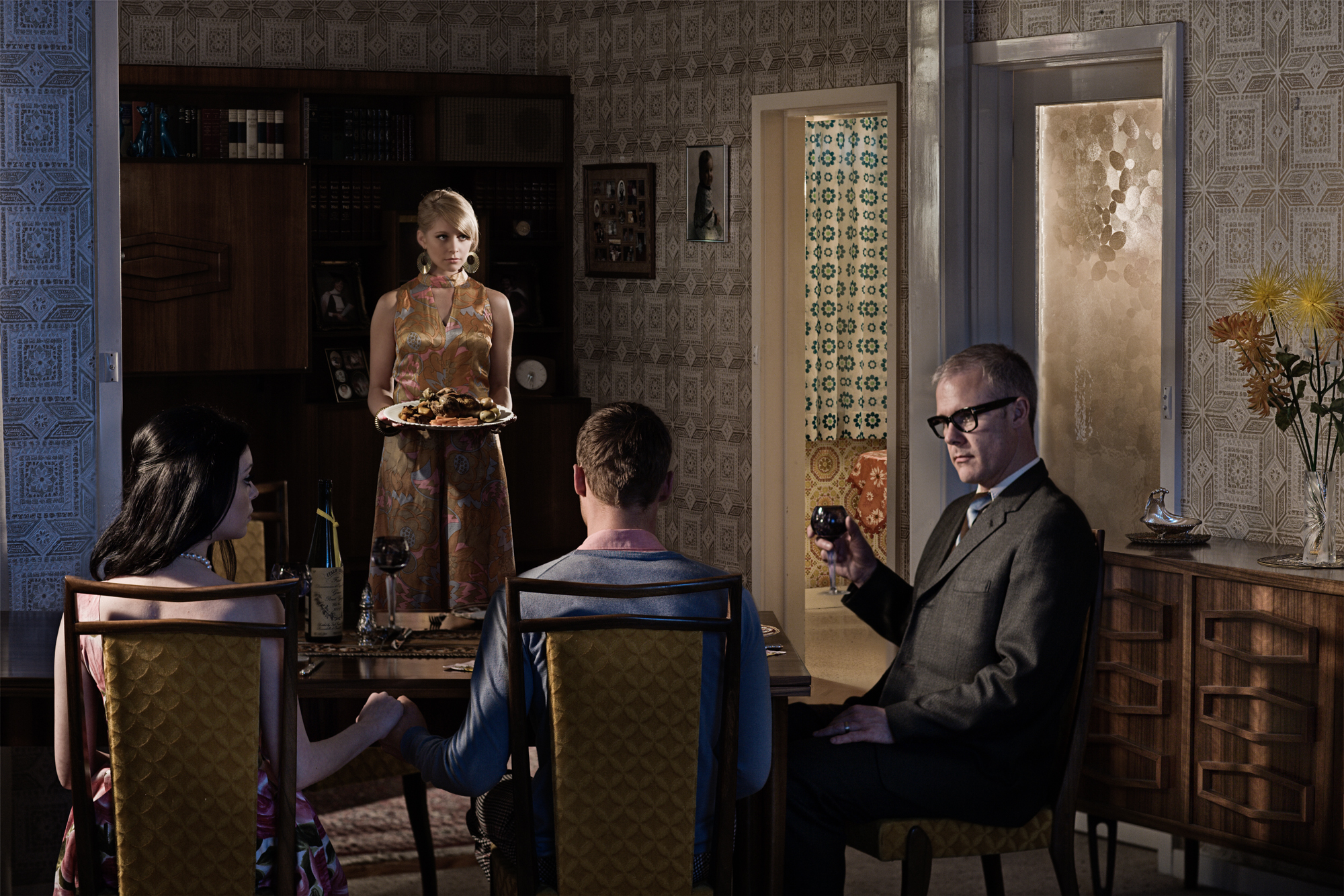

Underlying. That which is beneath the surface, unspoken or hidden. This image invites the viewer to confront those suppressed tensions which conflict with life’s expectations and desires. The early 60s setting reminds us of a time pregnant with social change, but women were still to be ‘heard’ and social rules prevailed for all. Everyone here seems to have an instinctive awareness of the role they play, but an equal awareness of the tension – as if one might suddenly erupt. For now though, everyone is in their comfort zone..
Sunshine House series
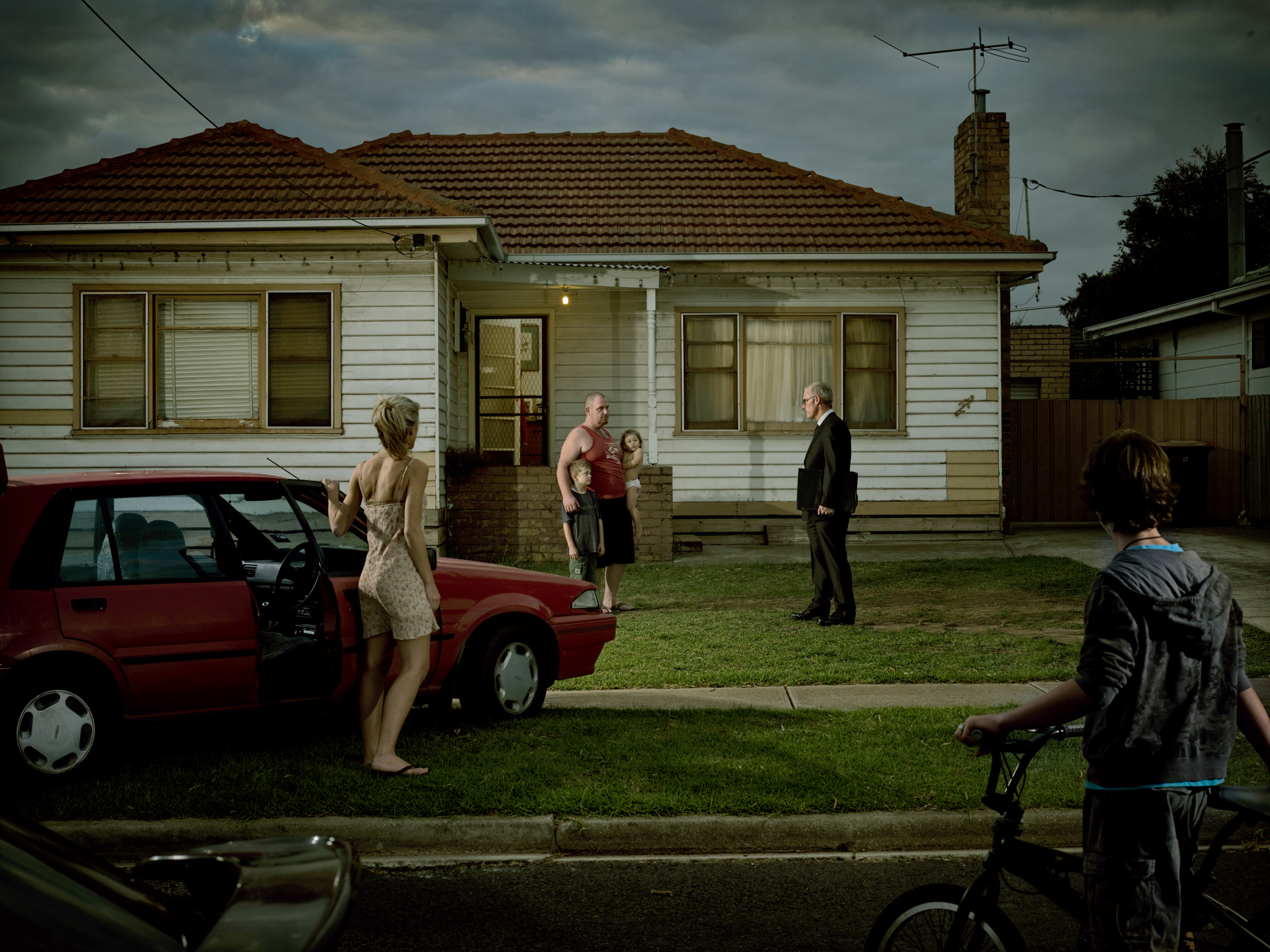
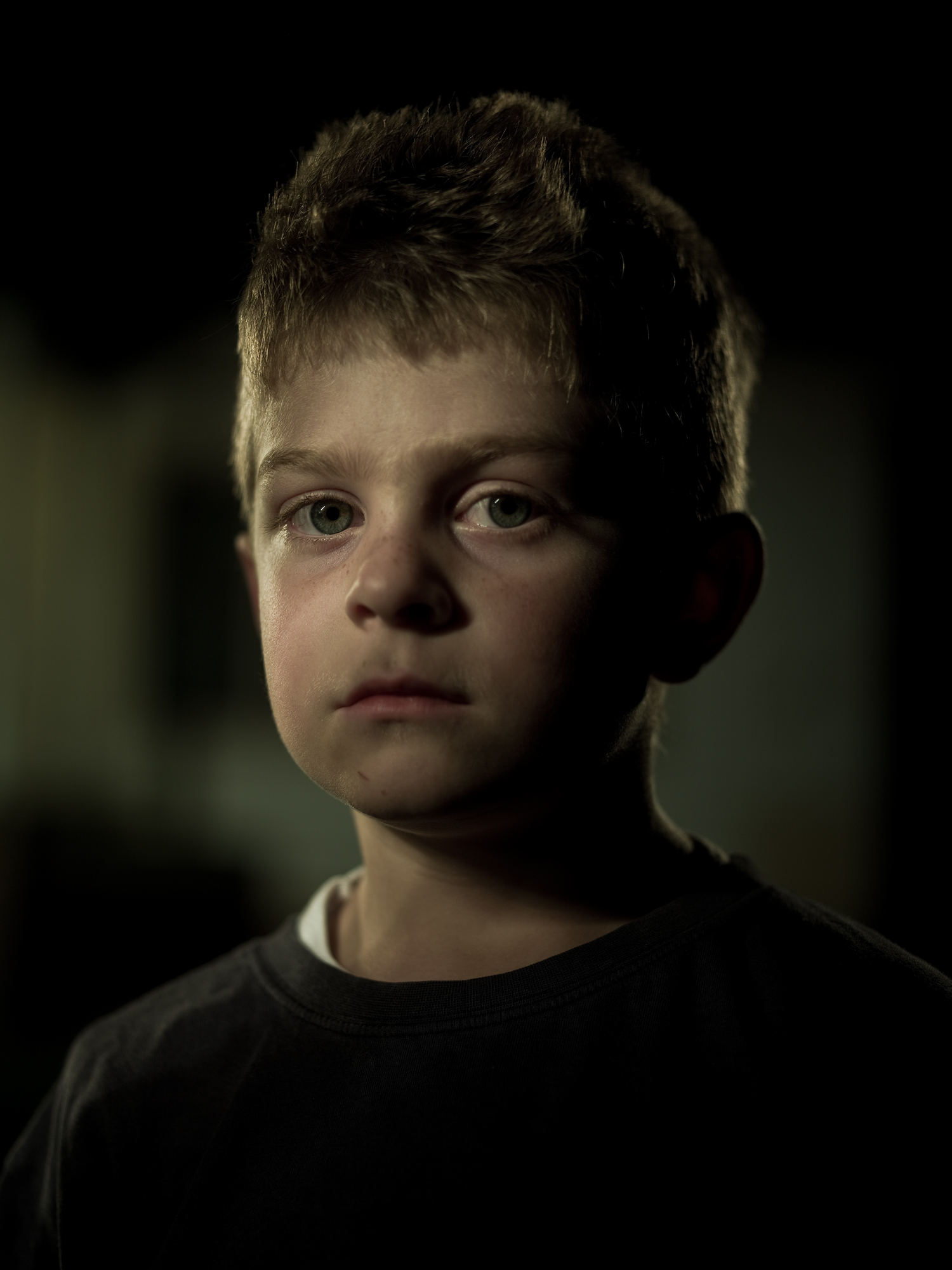
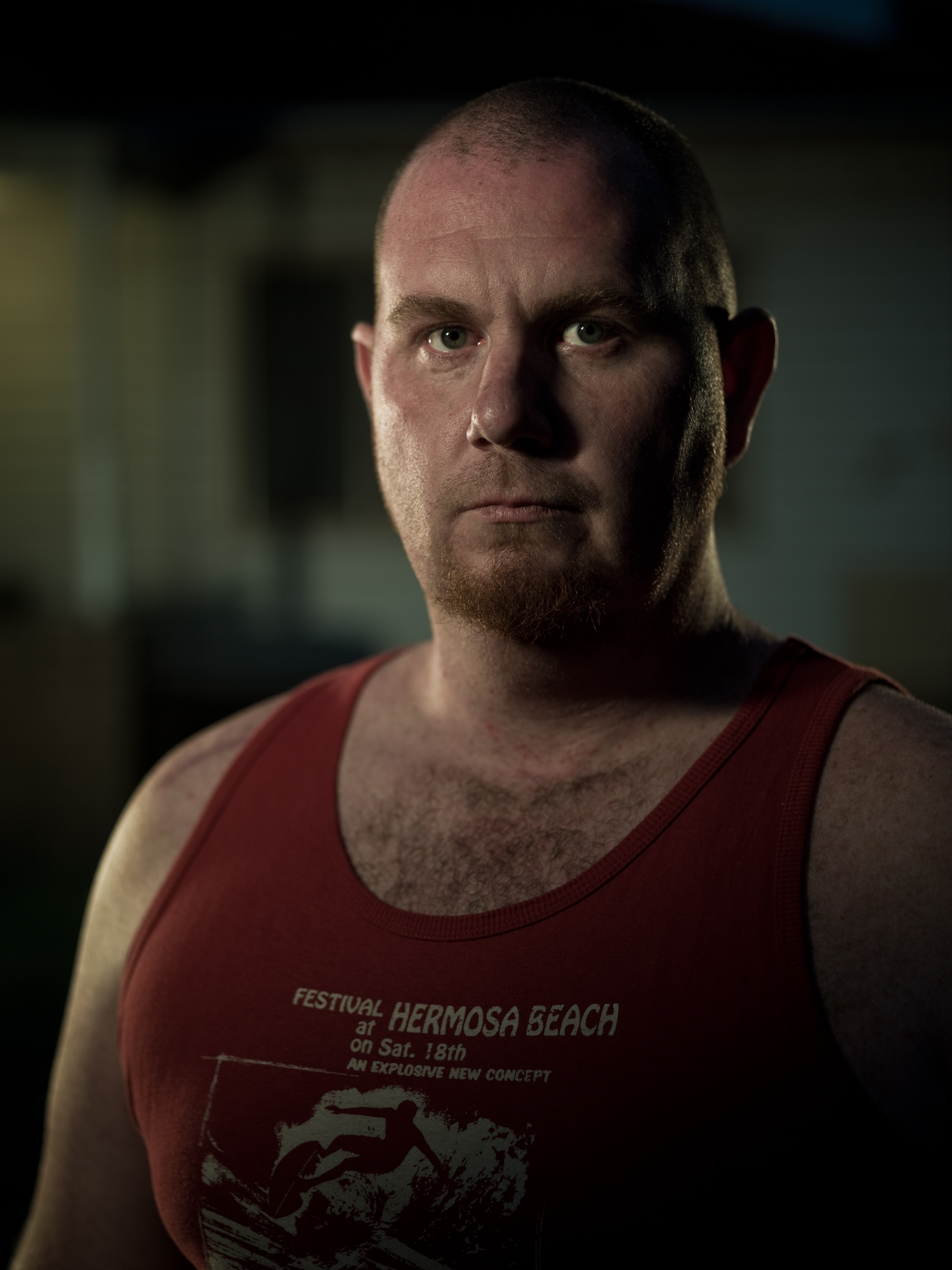
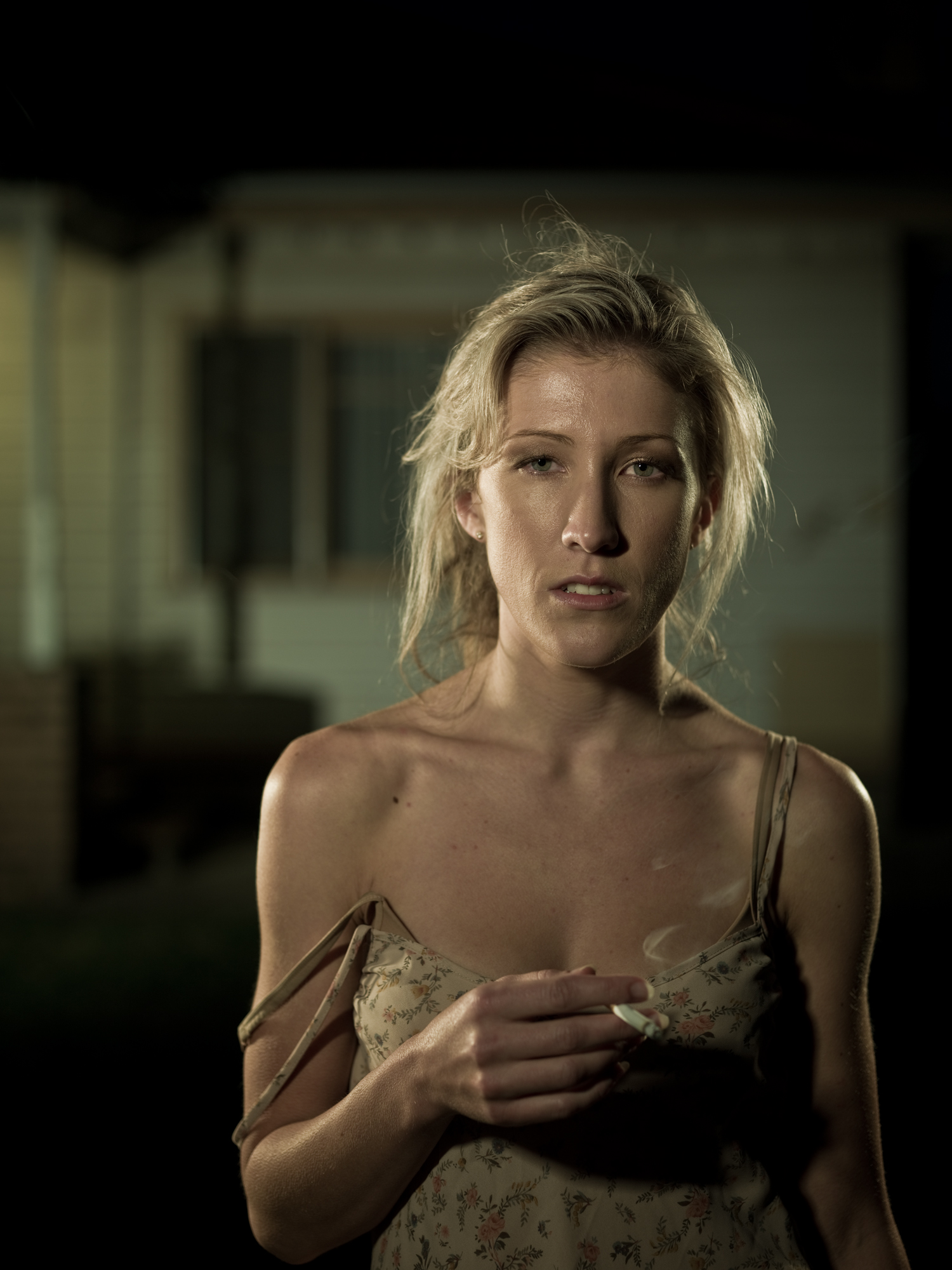
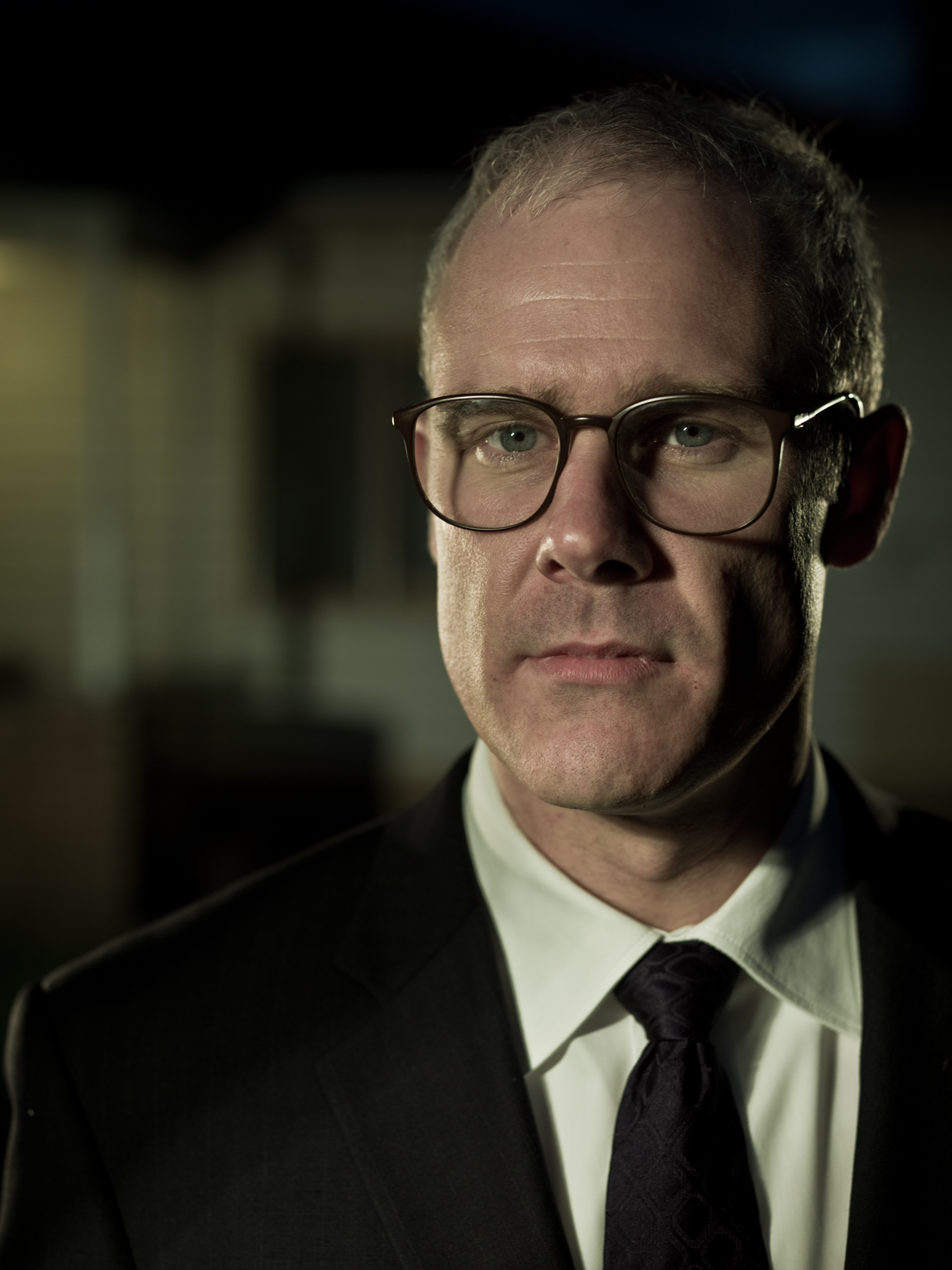
My hometown of Melbourne (Australia) is predominantly made up of suburbia...sprawling and wide. The Australian Dream is a quarter acre block in suburbia with a garage and a Hills Hoist in the backyard. Its slightly dated dream and one that is starting to be lost, spiralling housing costs etc. but yet it is an enduring one, at least for now. For me, as an artist and someone who grew up in suburbia, it provides me with a fertile ground to explore, in a broader sense the human condition and on a much more personal level my own experience of growing up in suburbia. It is the backdrop against which my archetypal characters live out their dramas and melodramas.
Suburbia, cars etc.
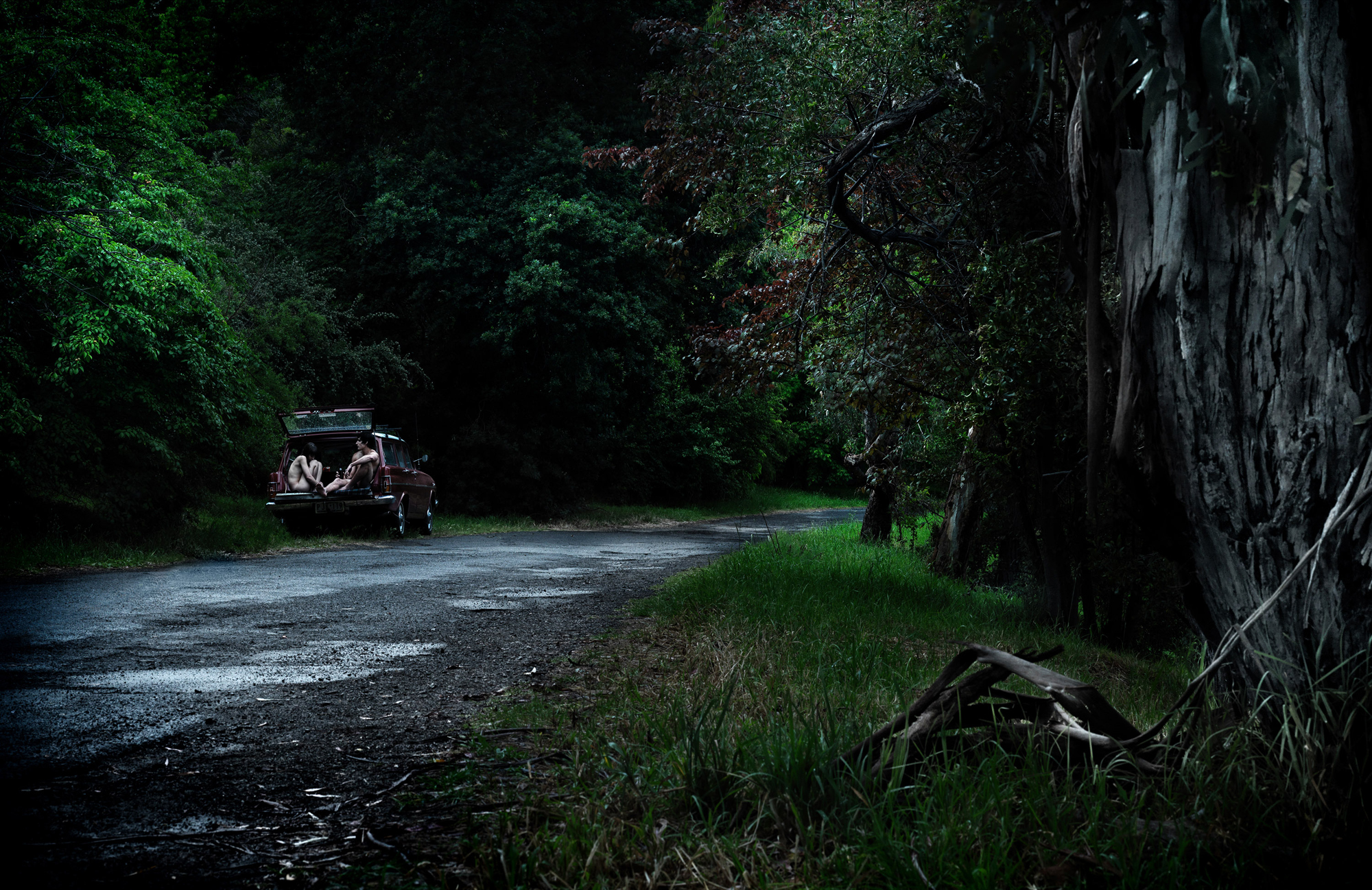

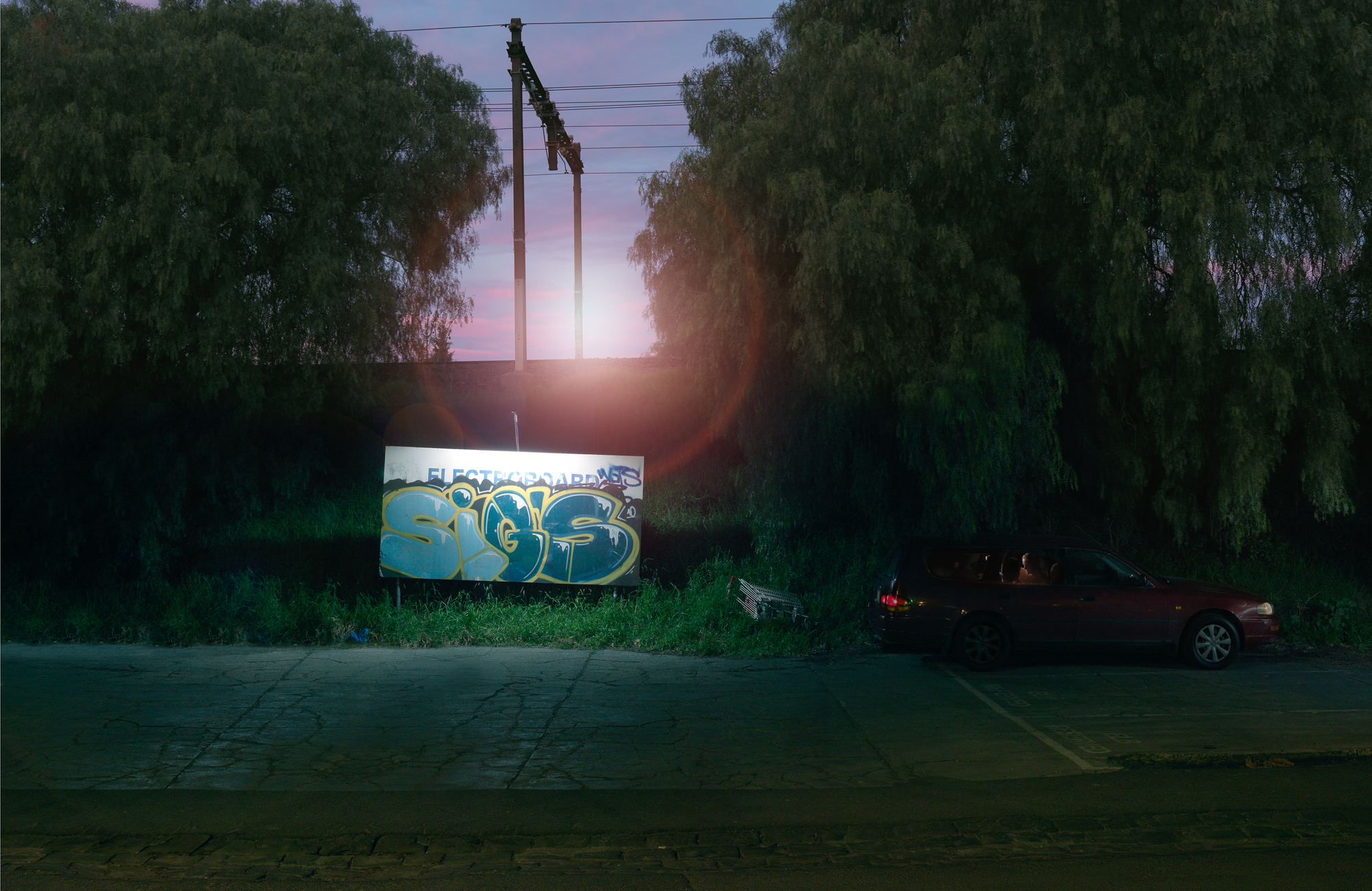
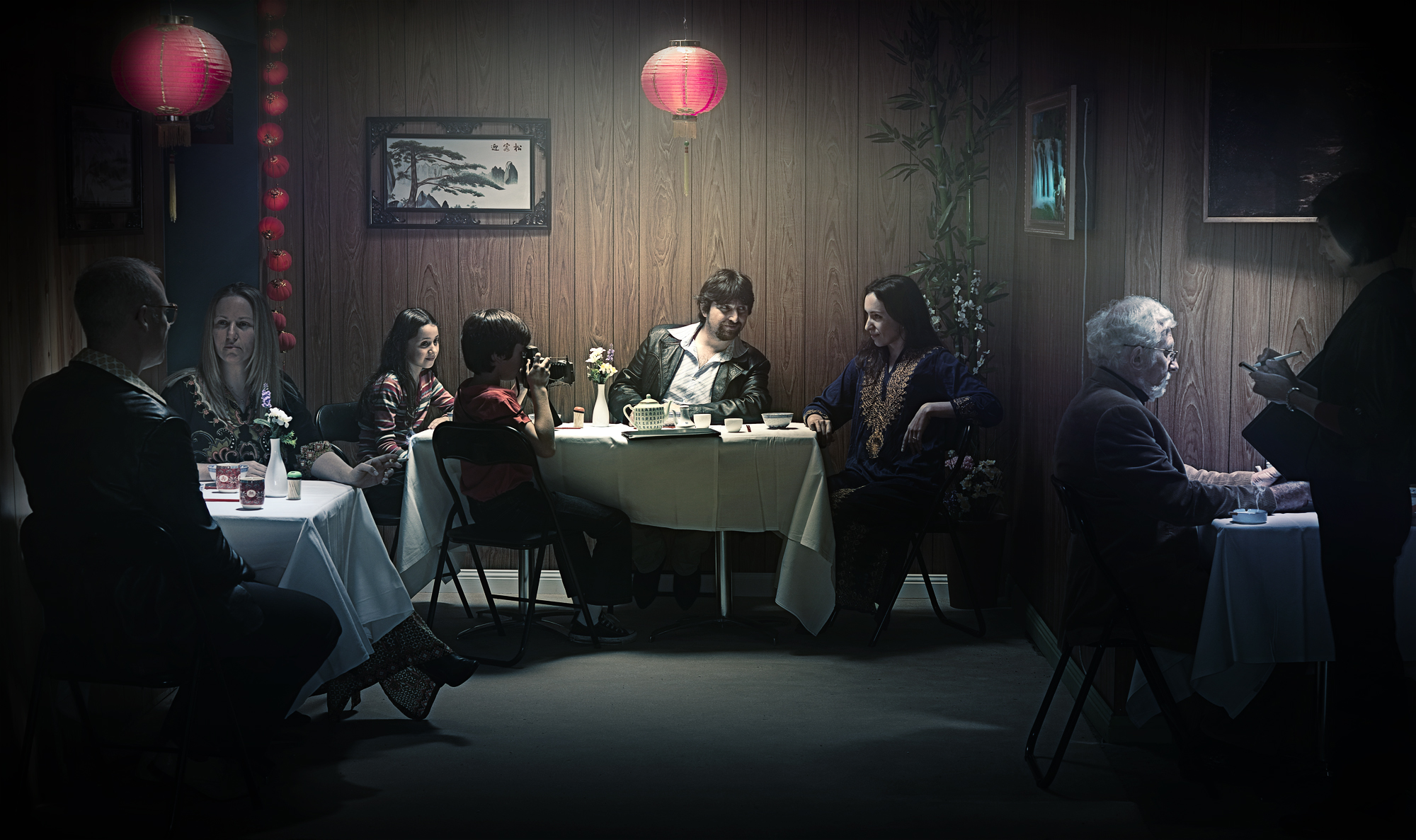
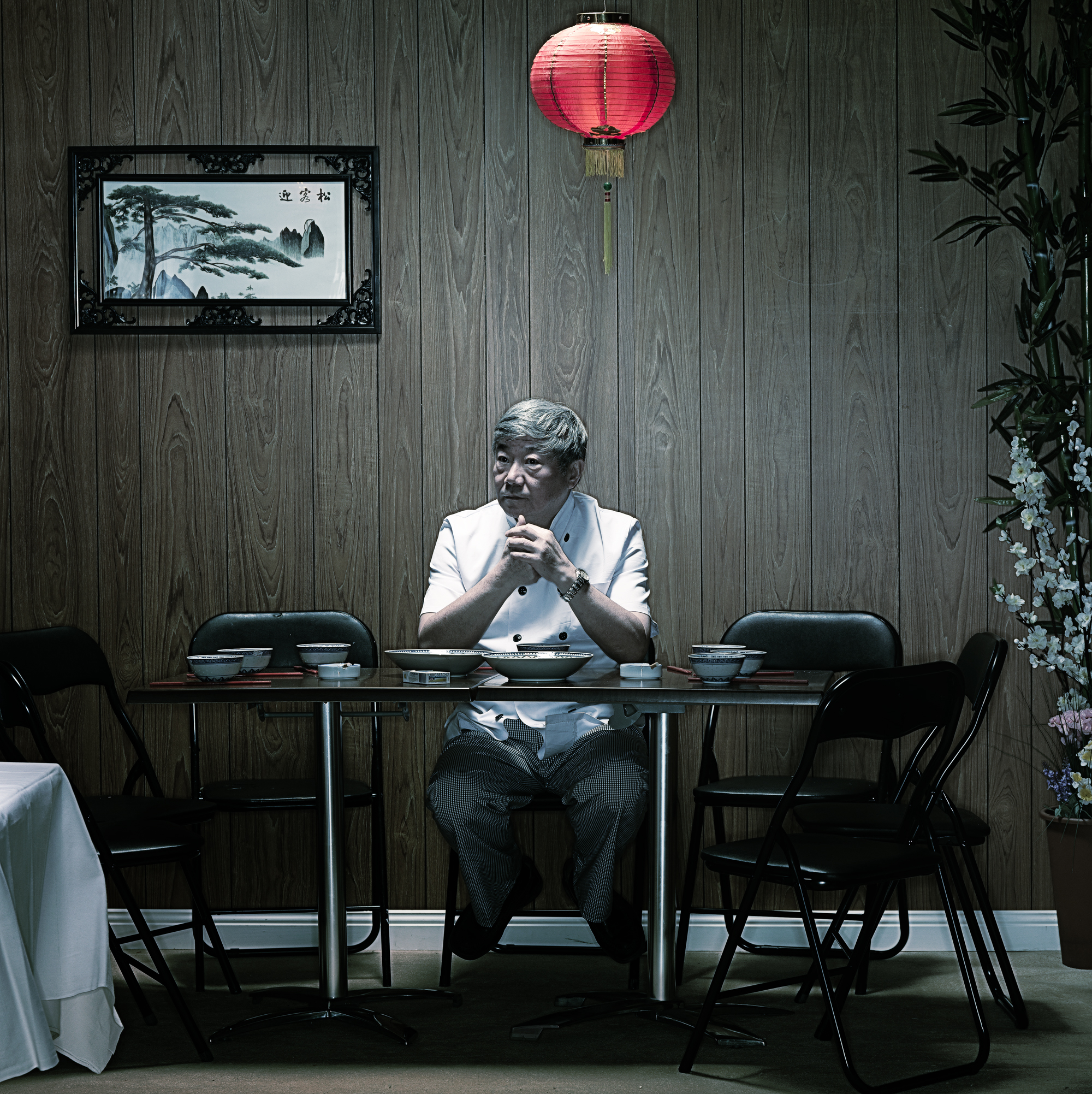
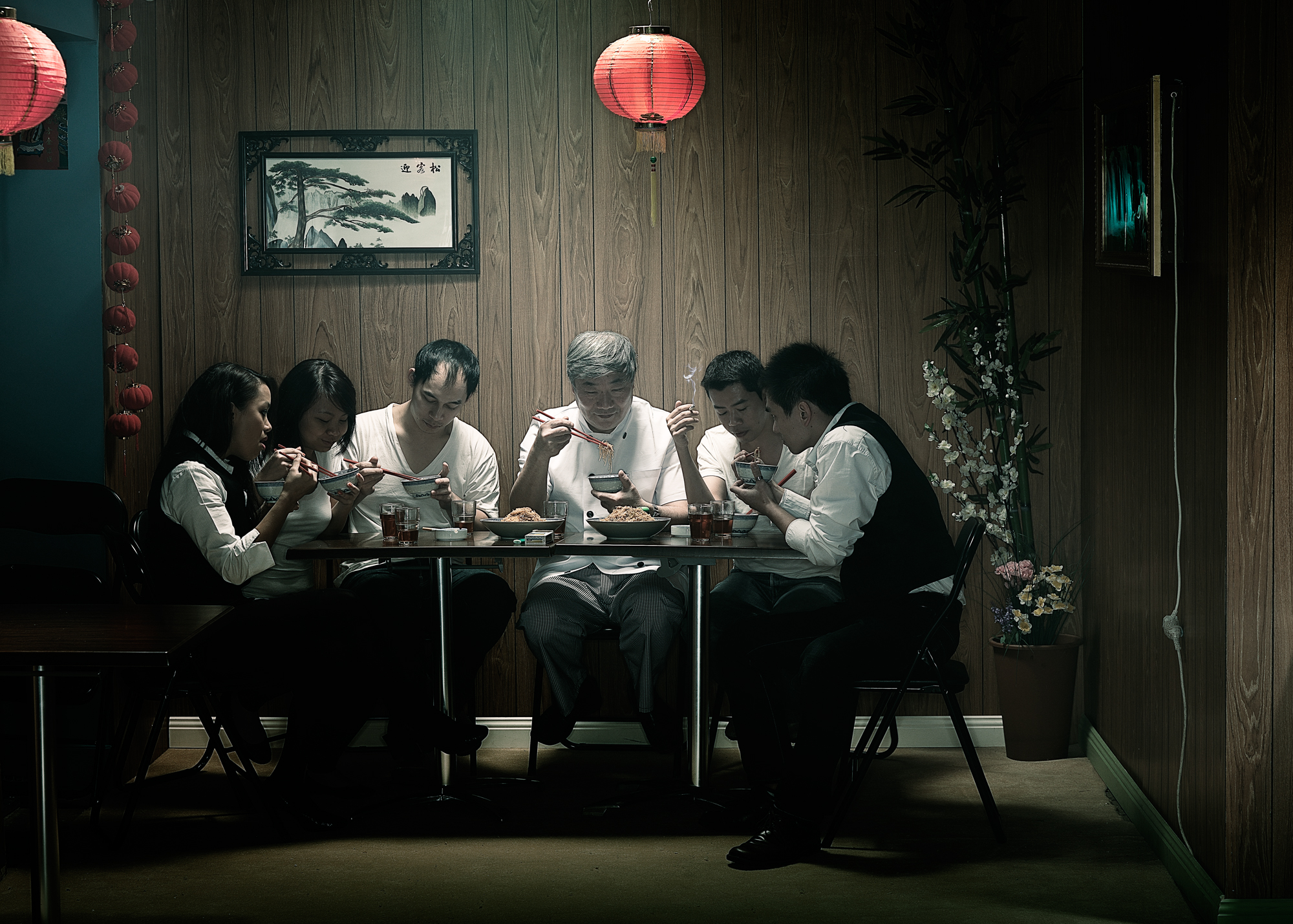
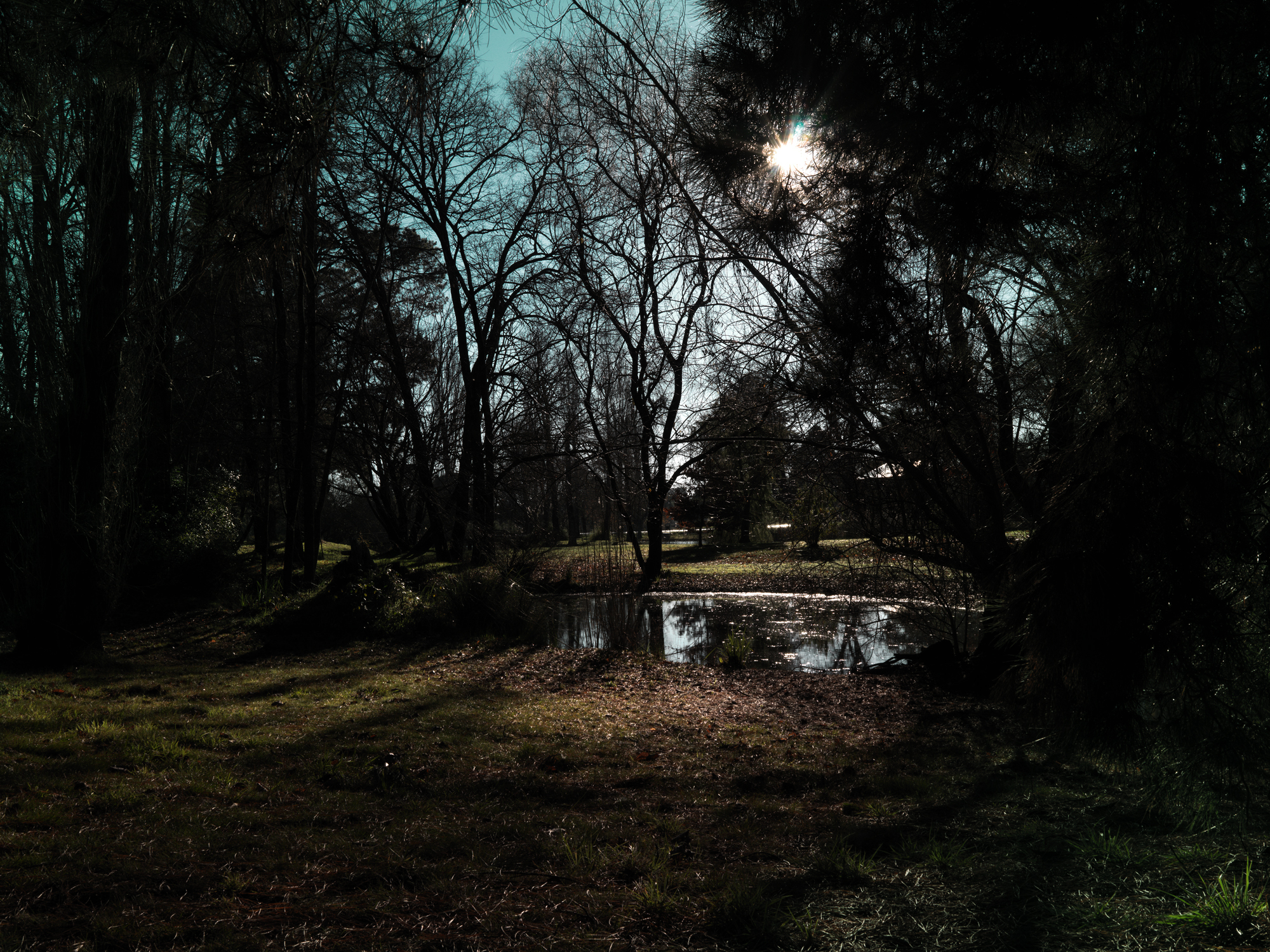
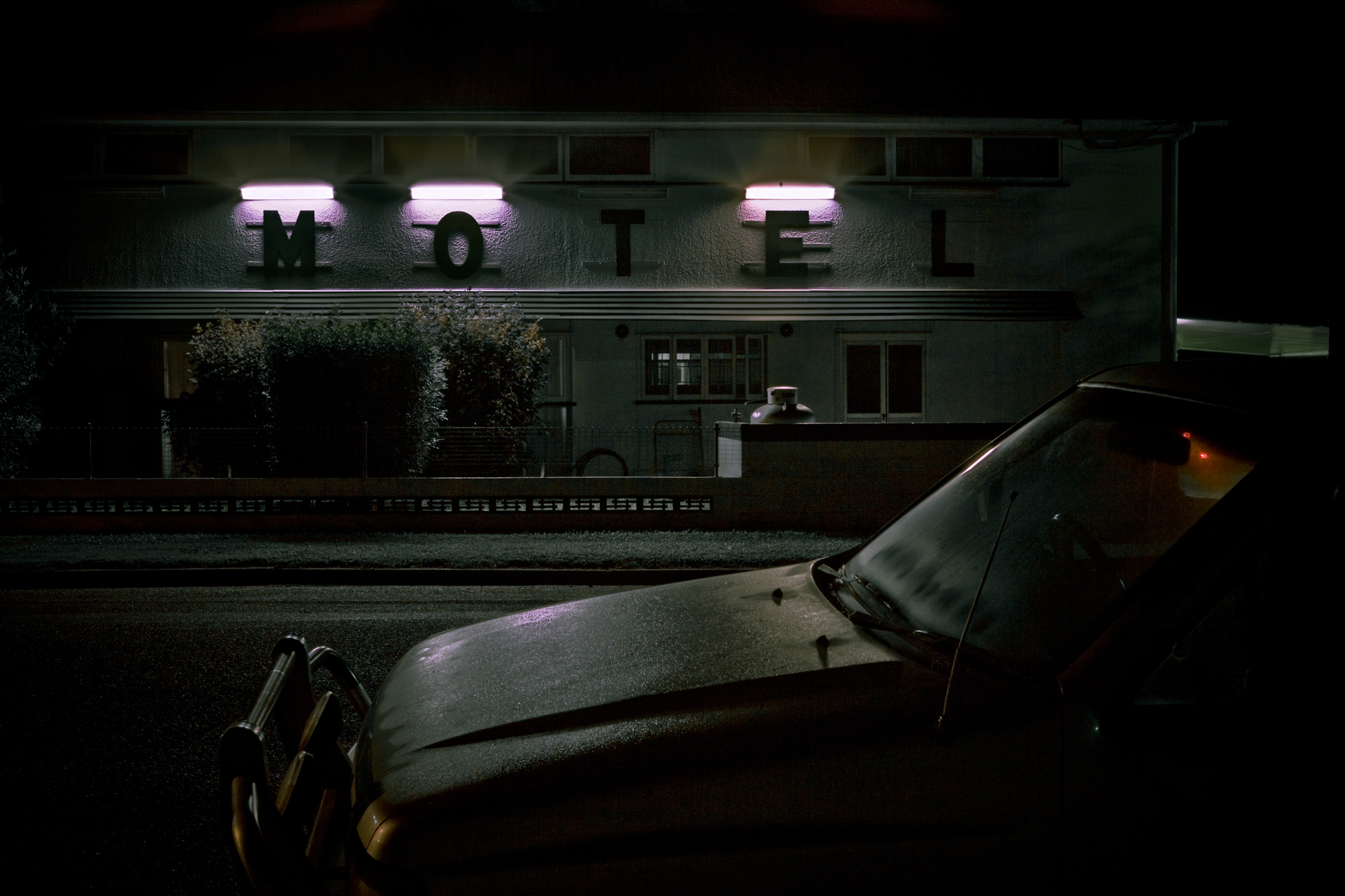
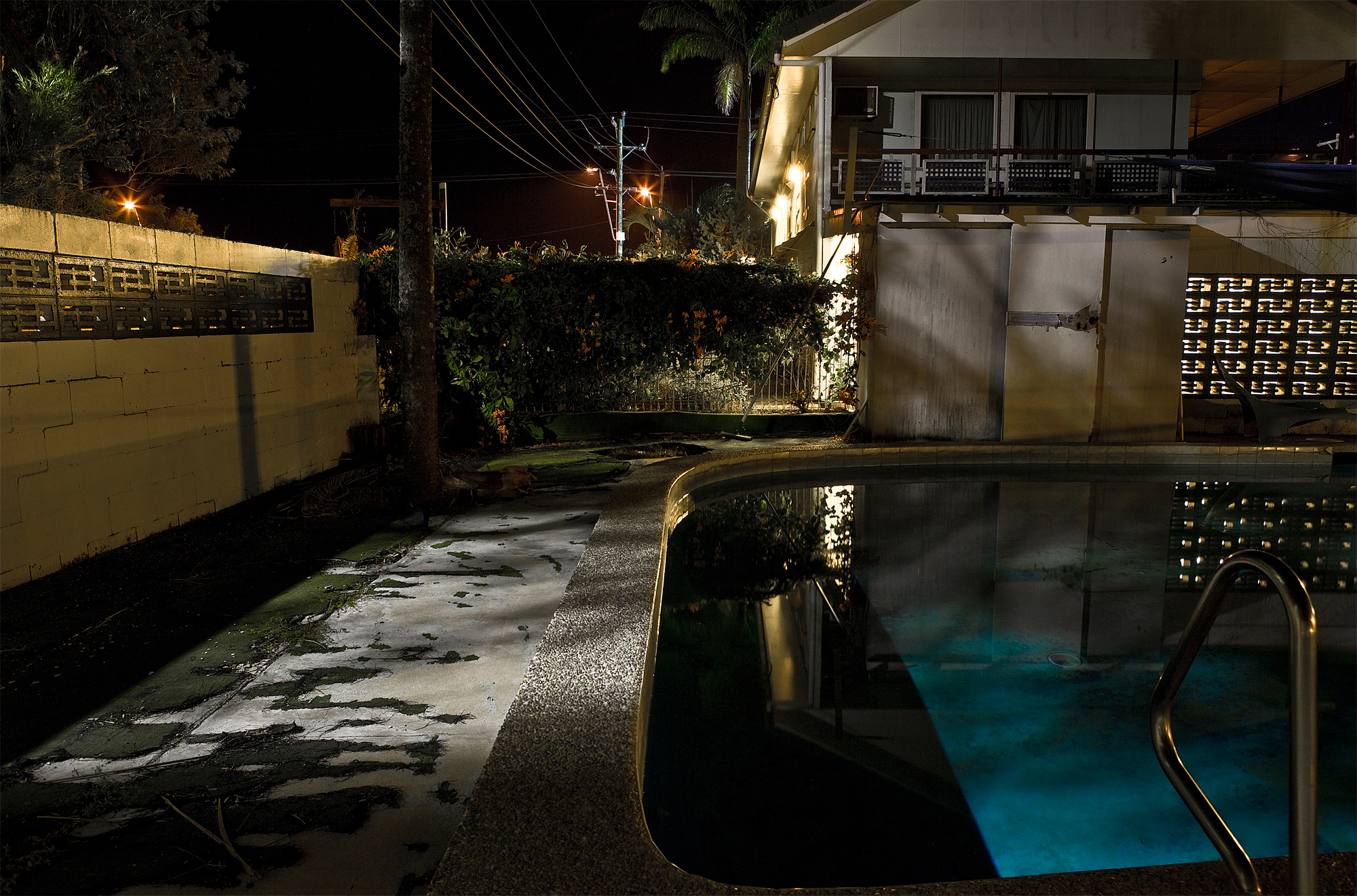
Kew House
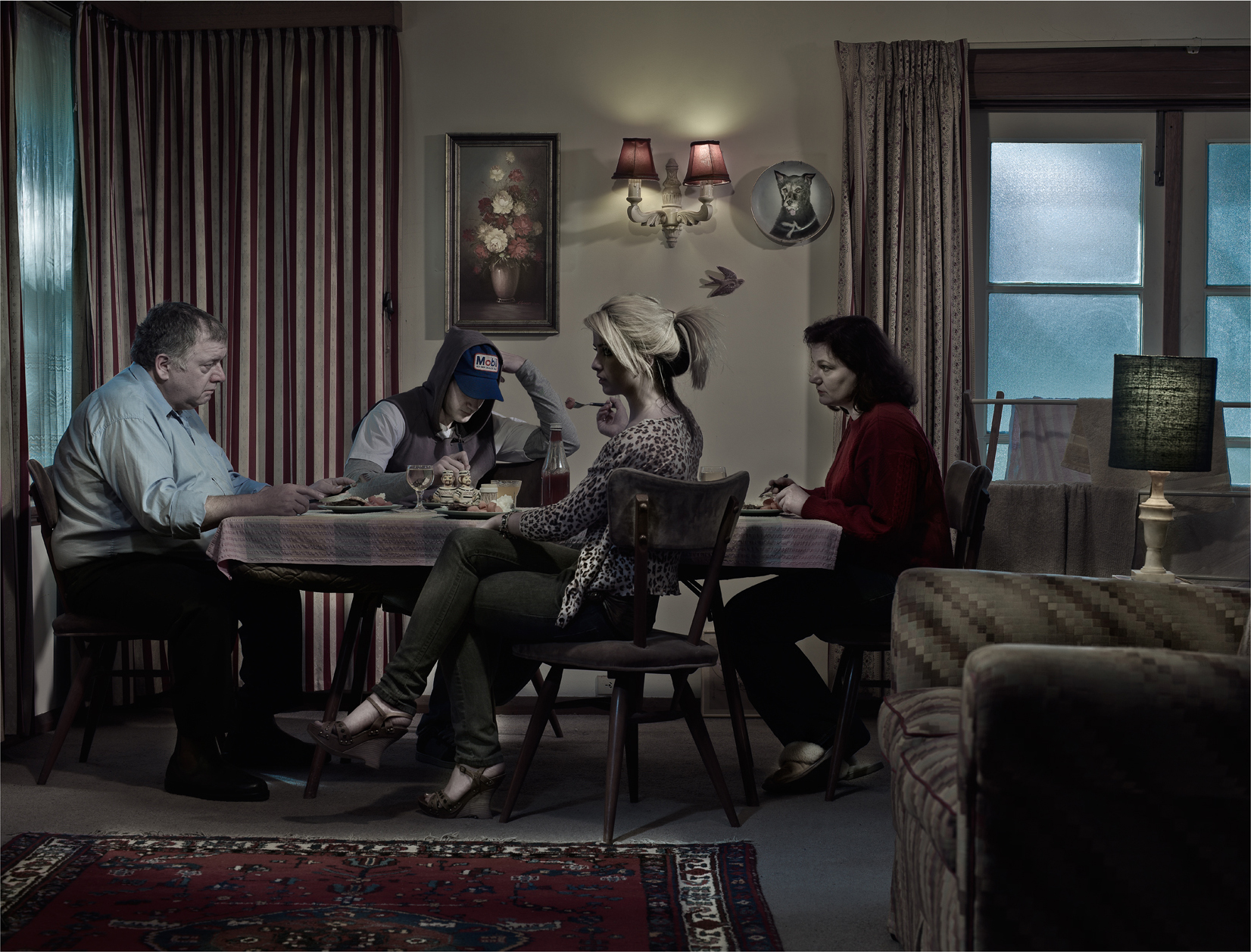
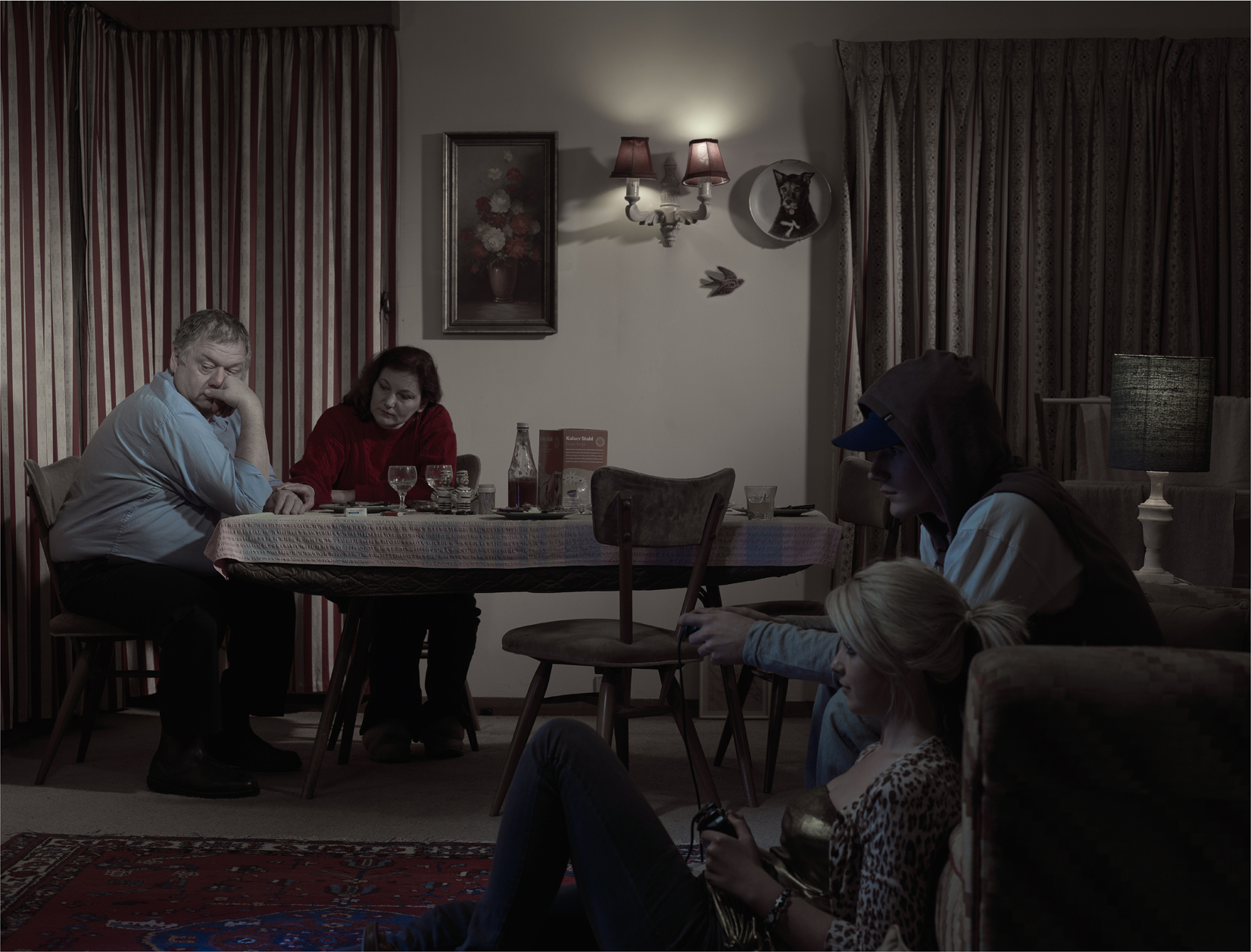
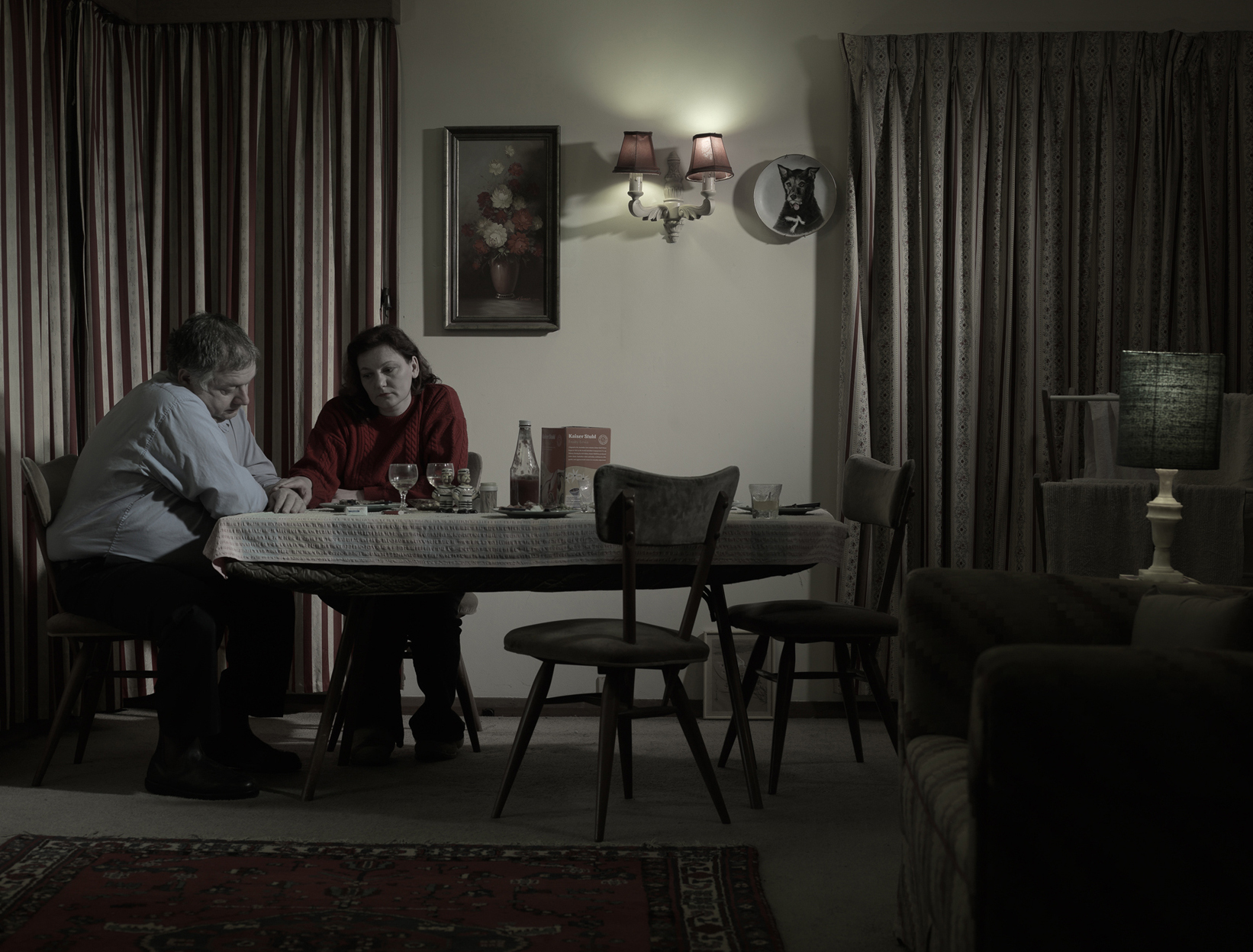
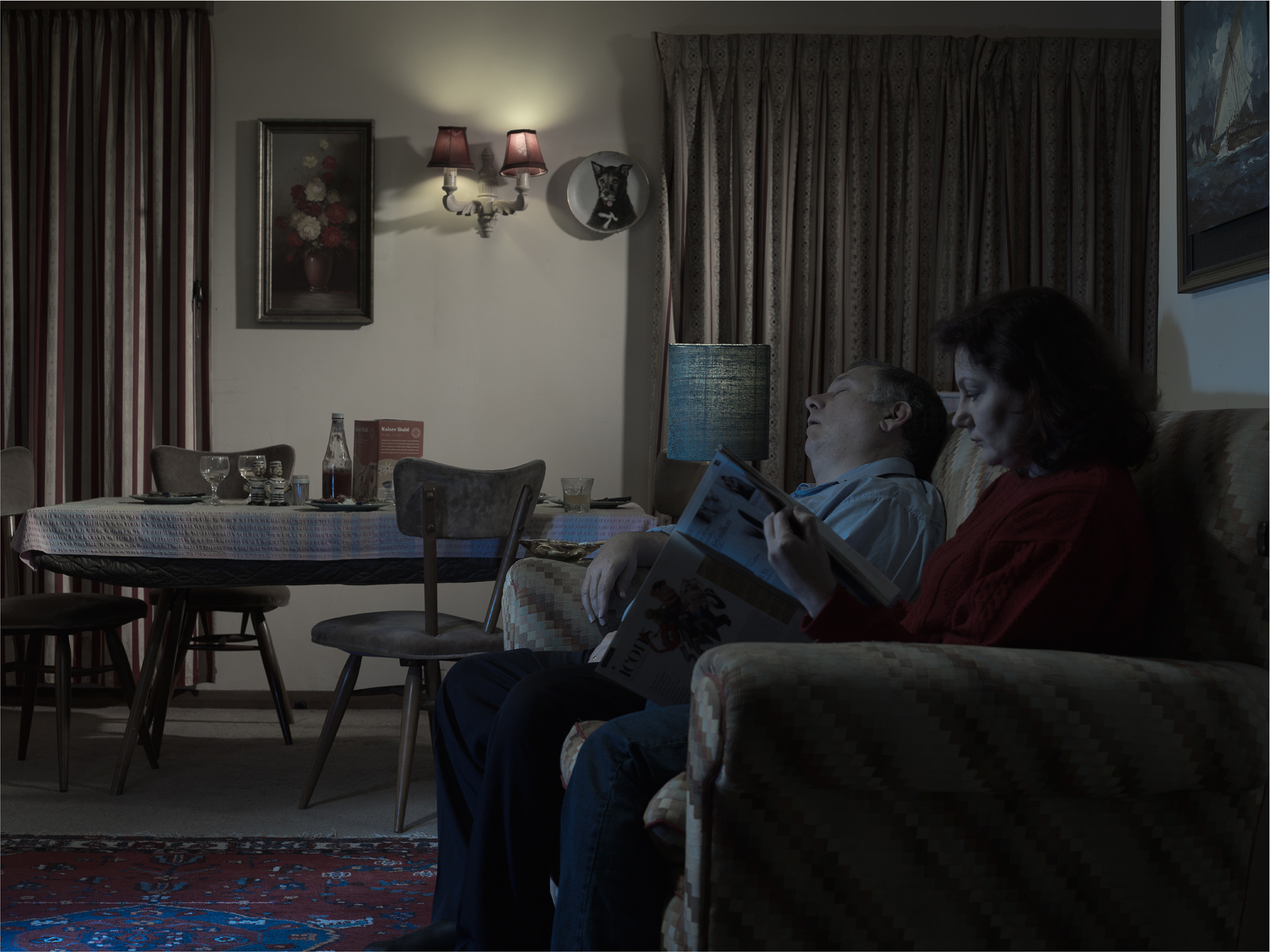
Room 101
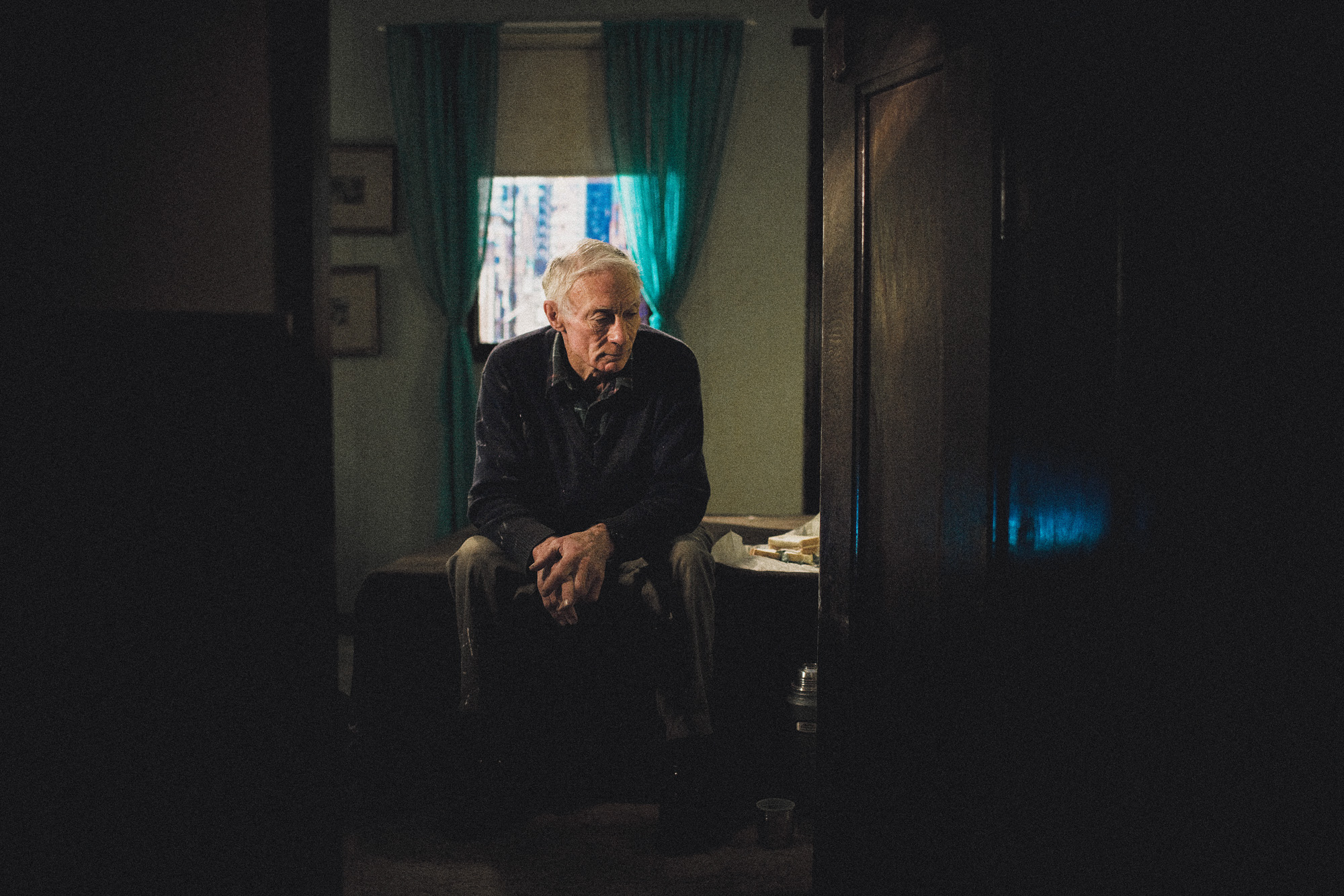
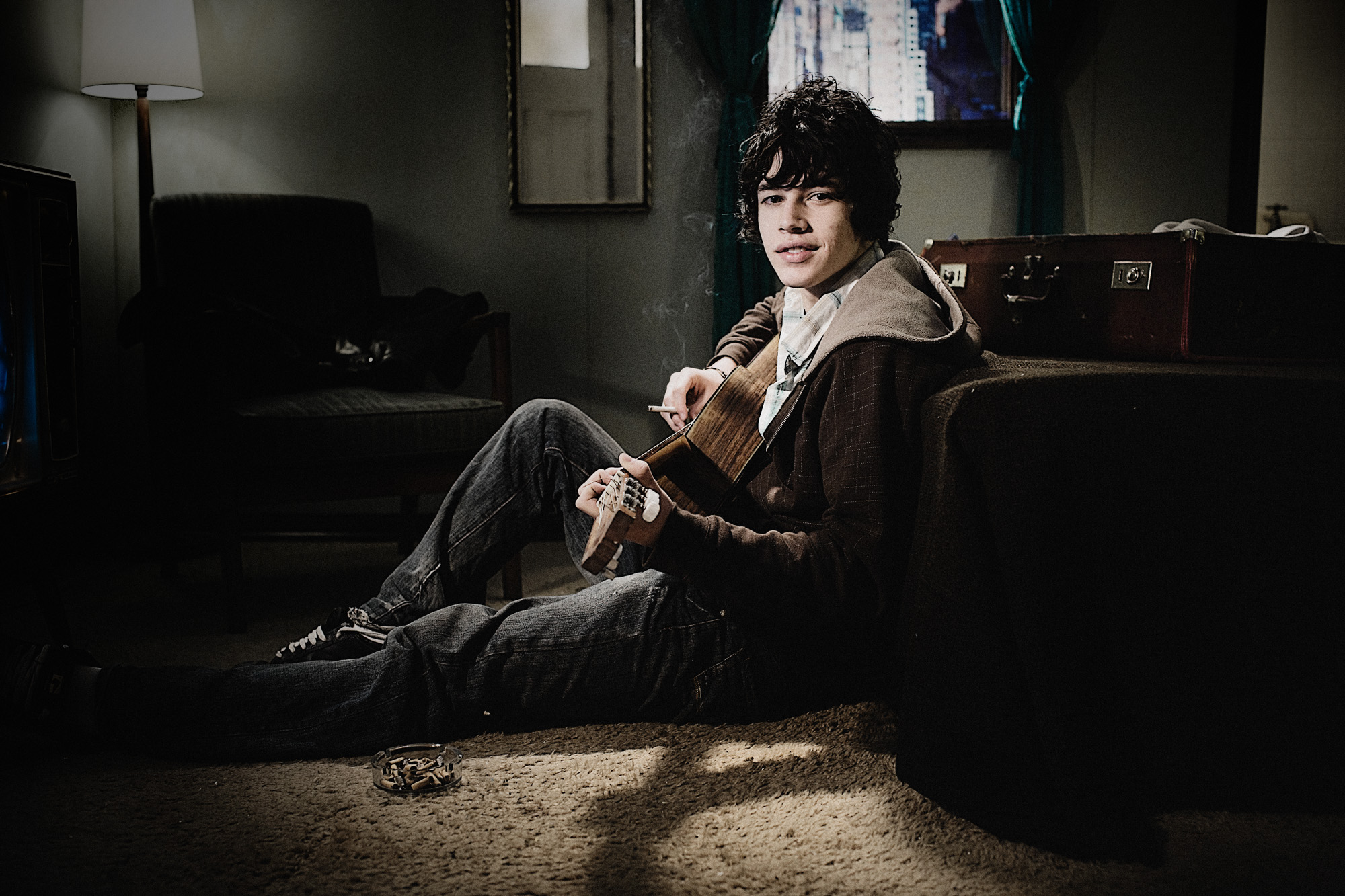
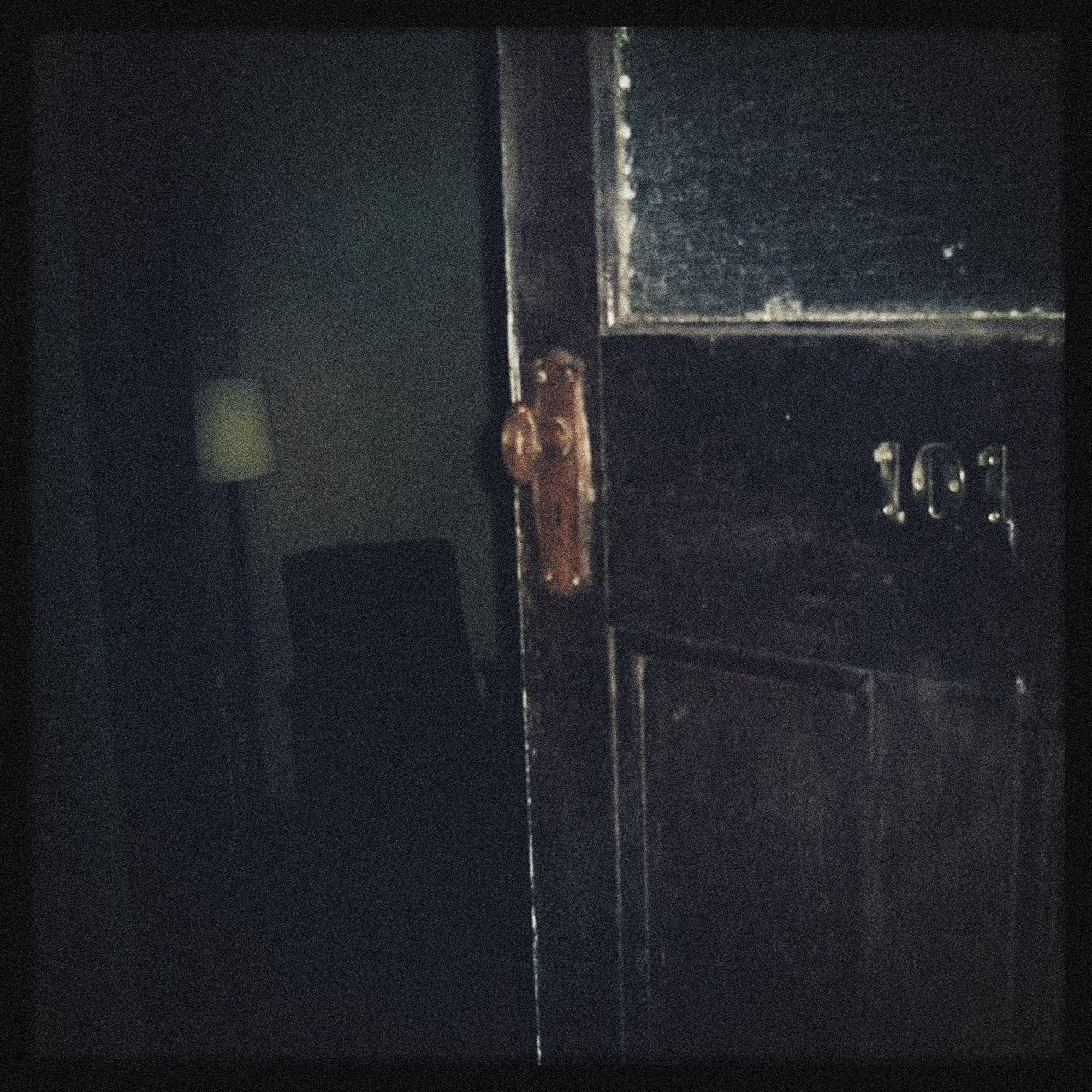
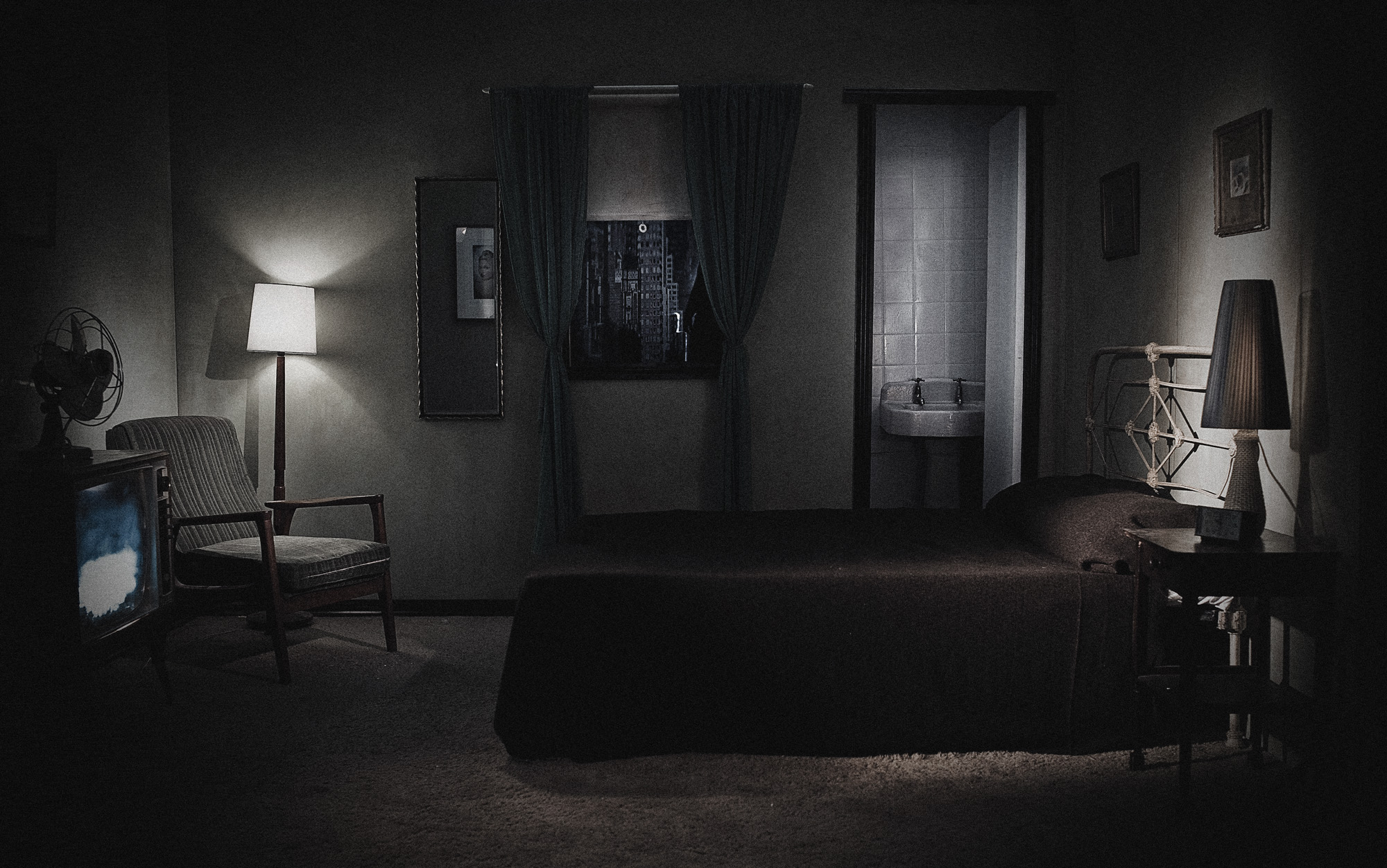
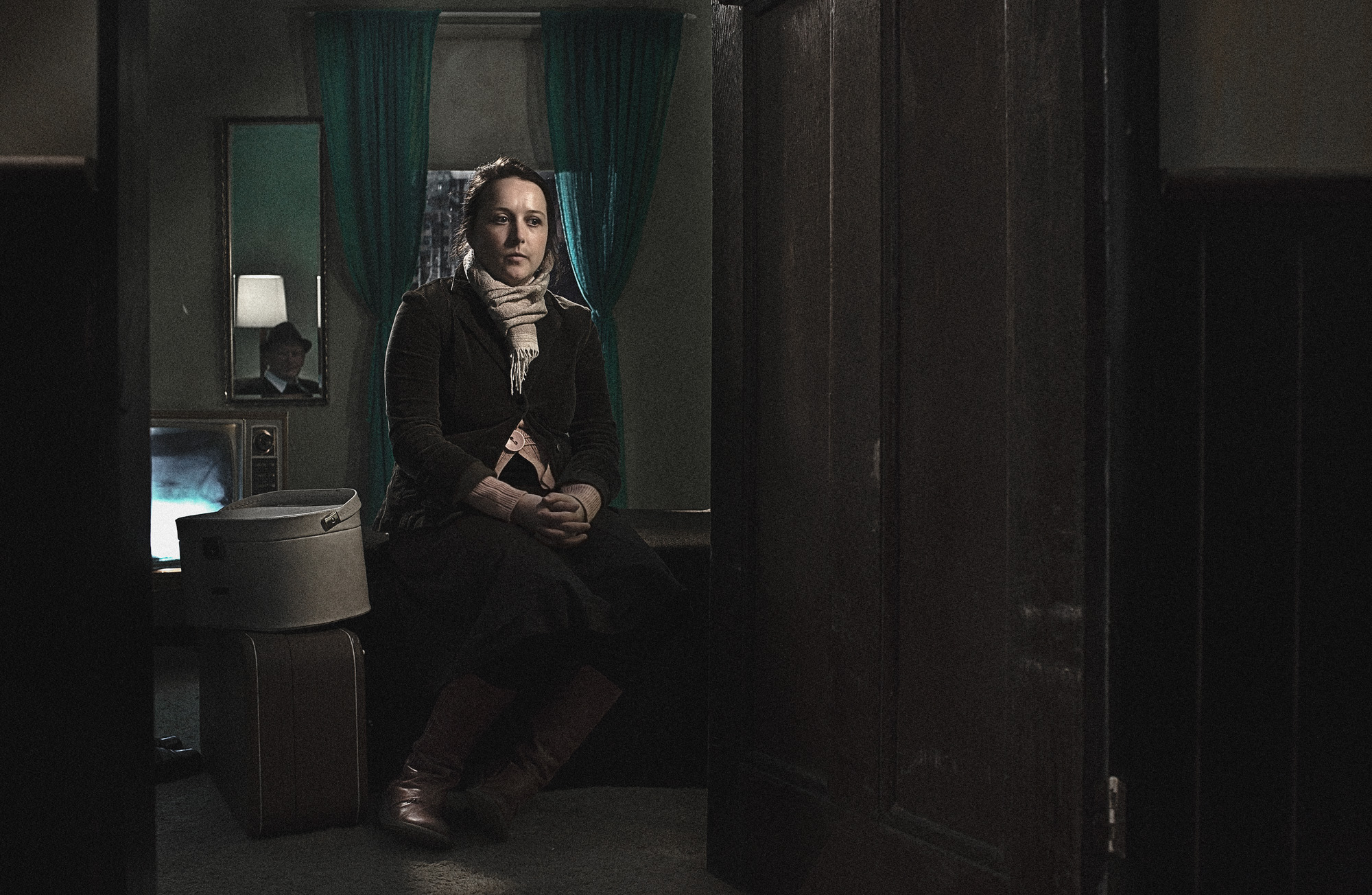
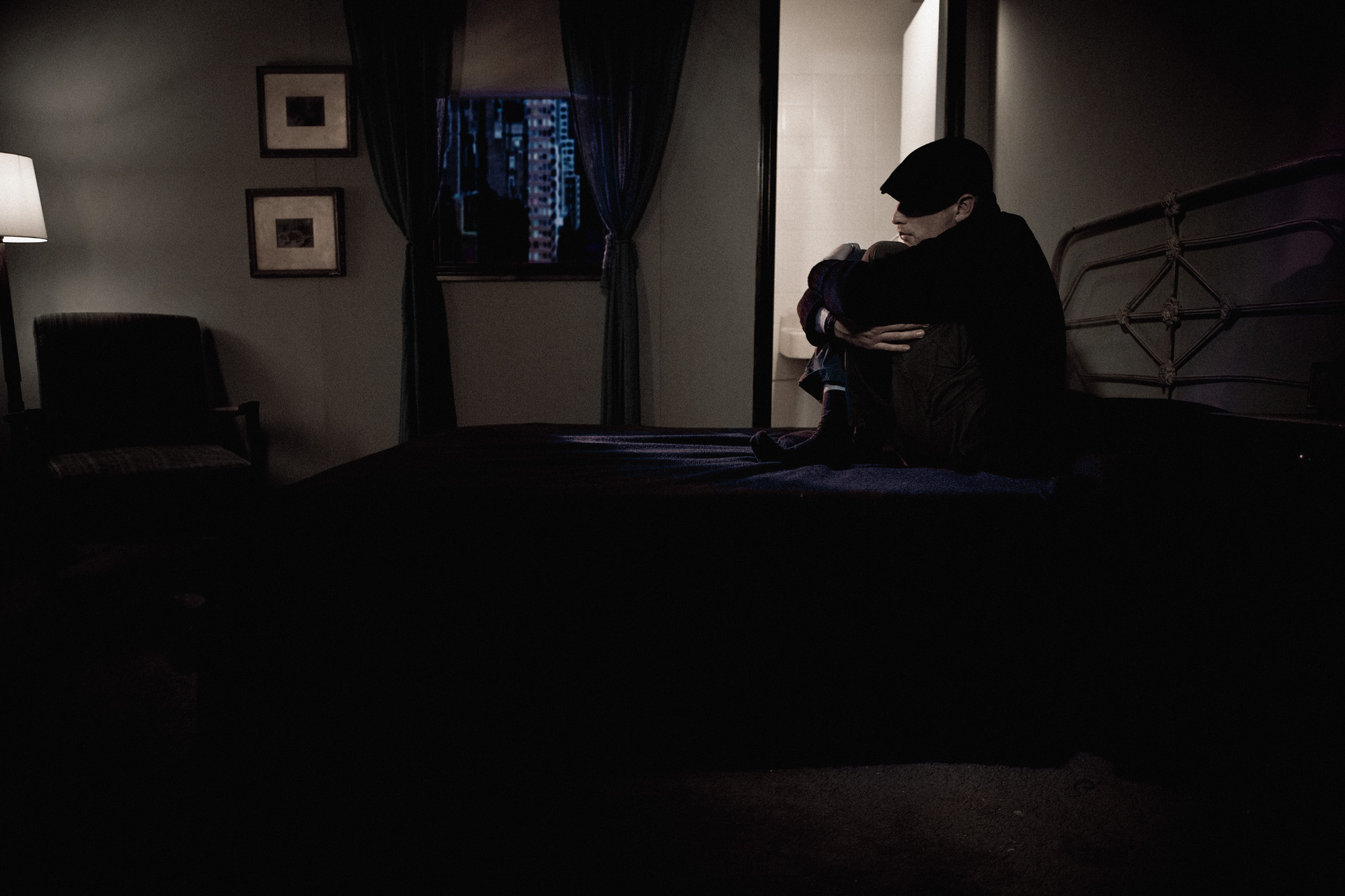
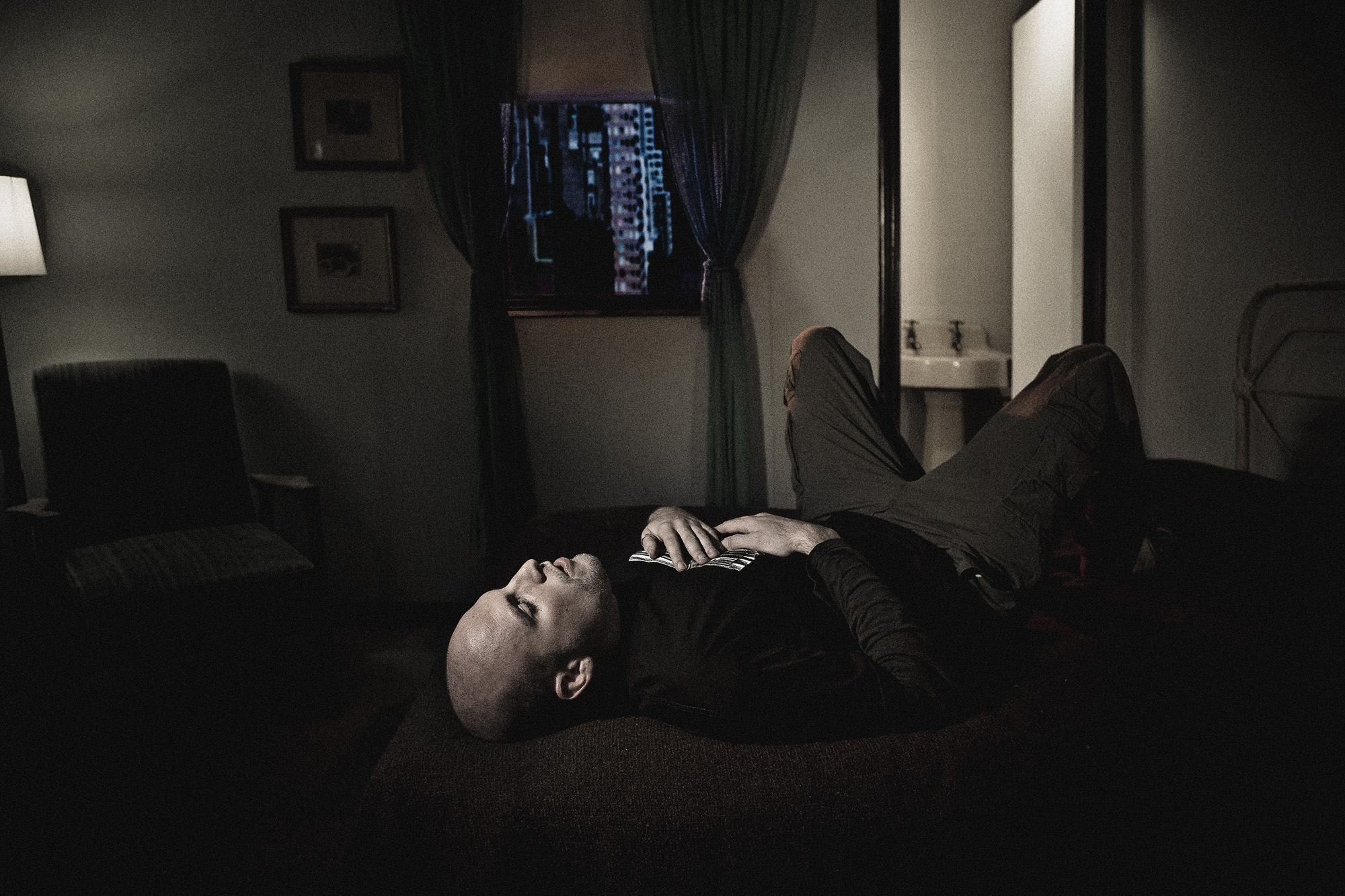
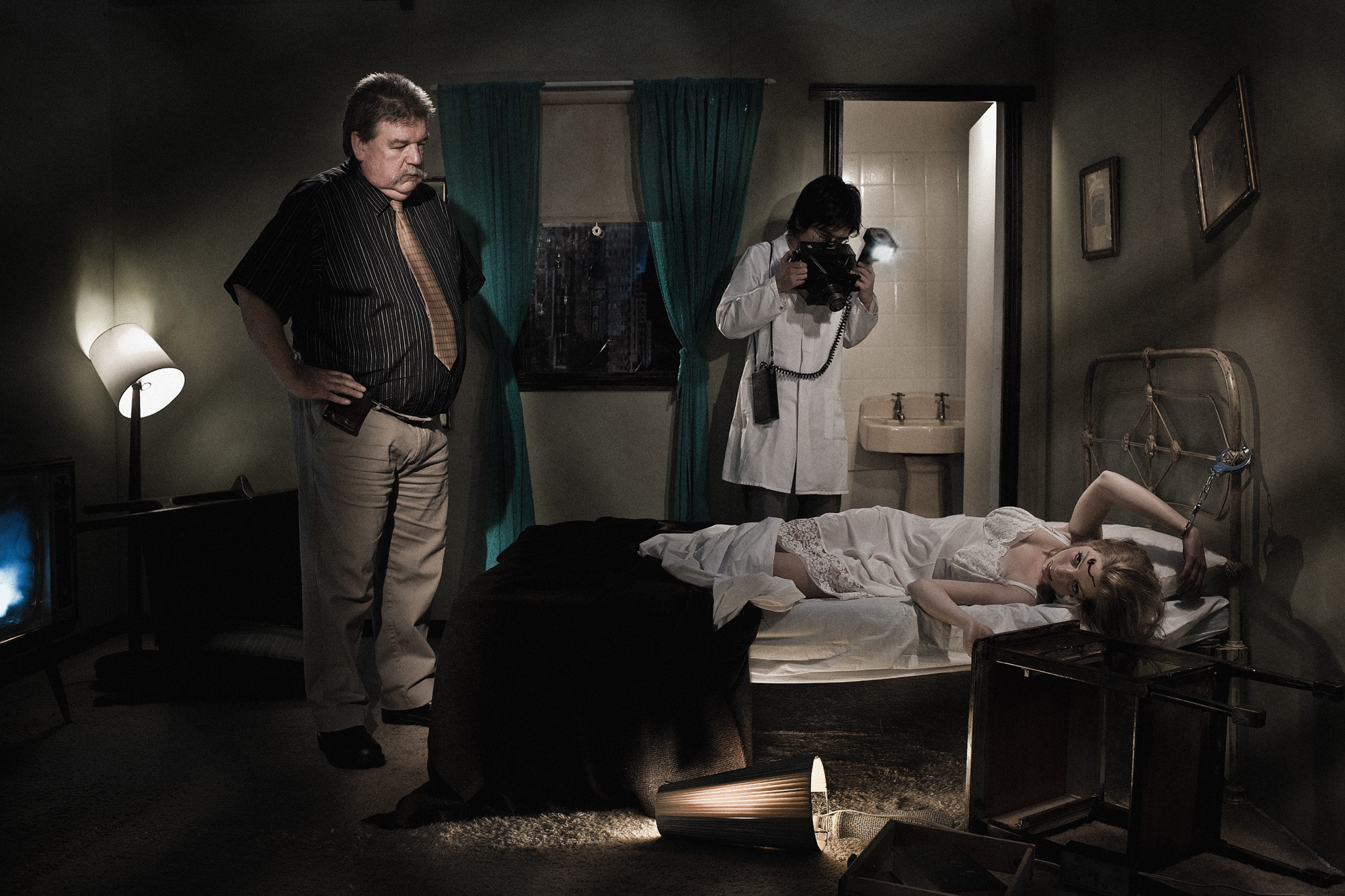

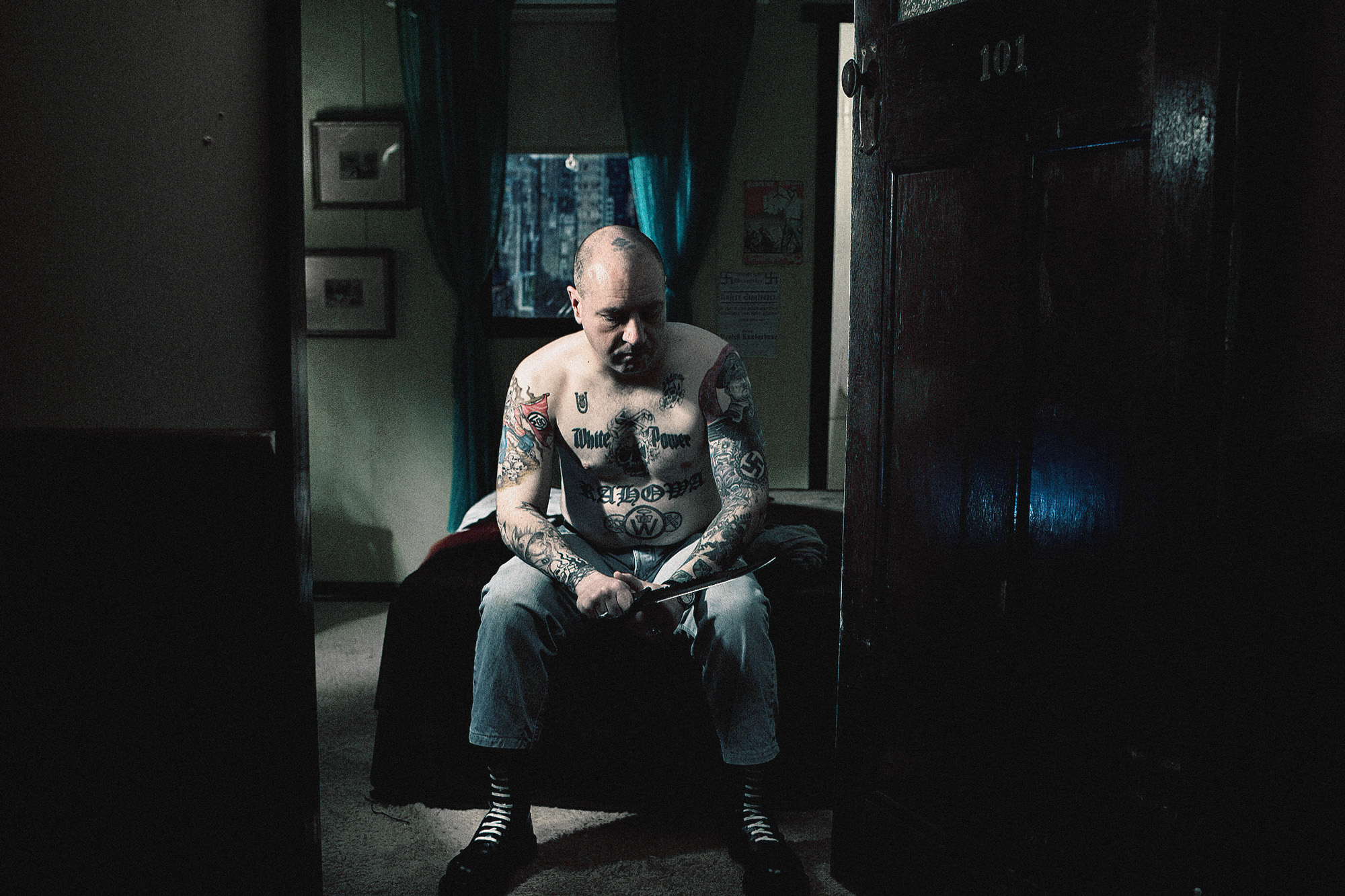

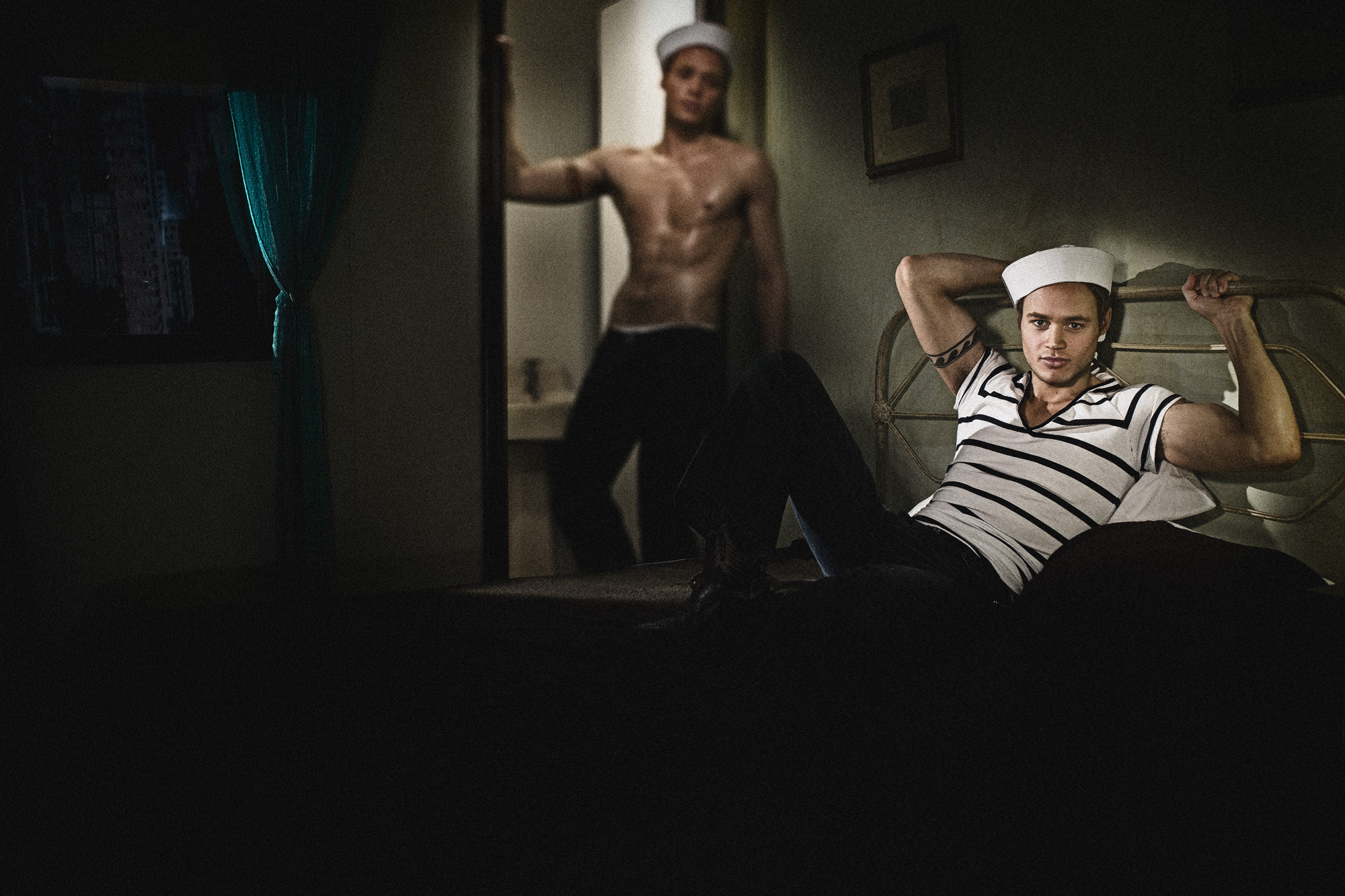
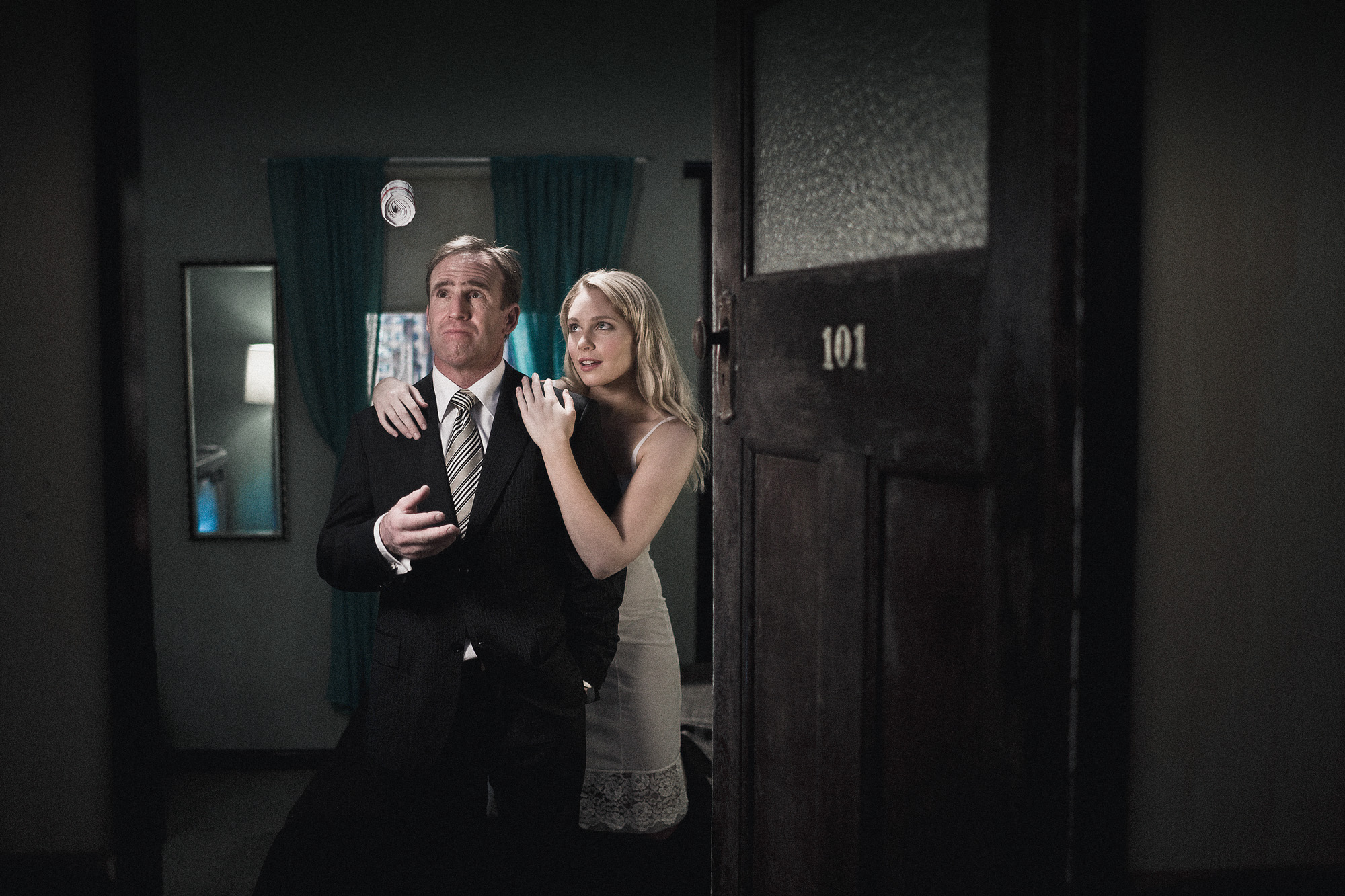

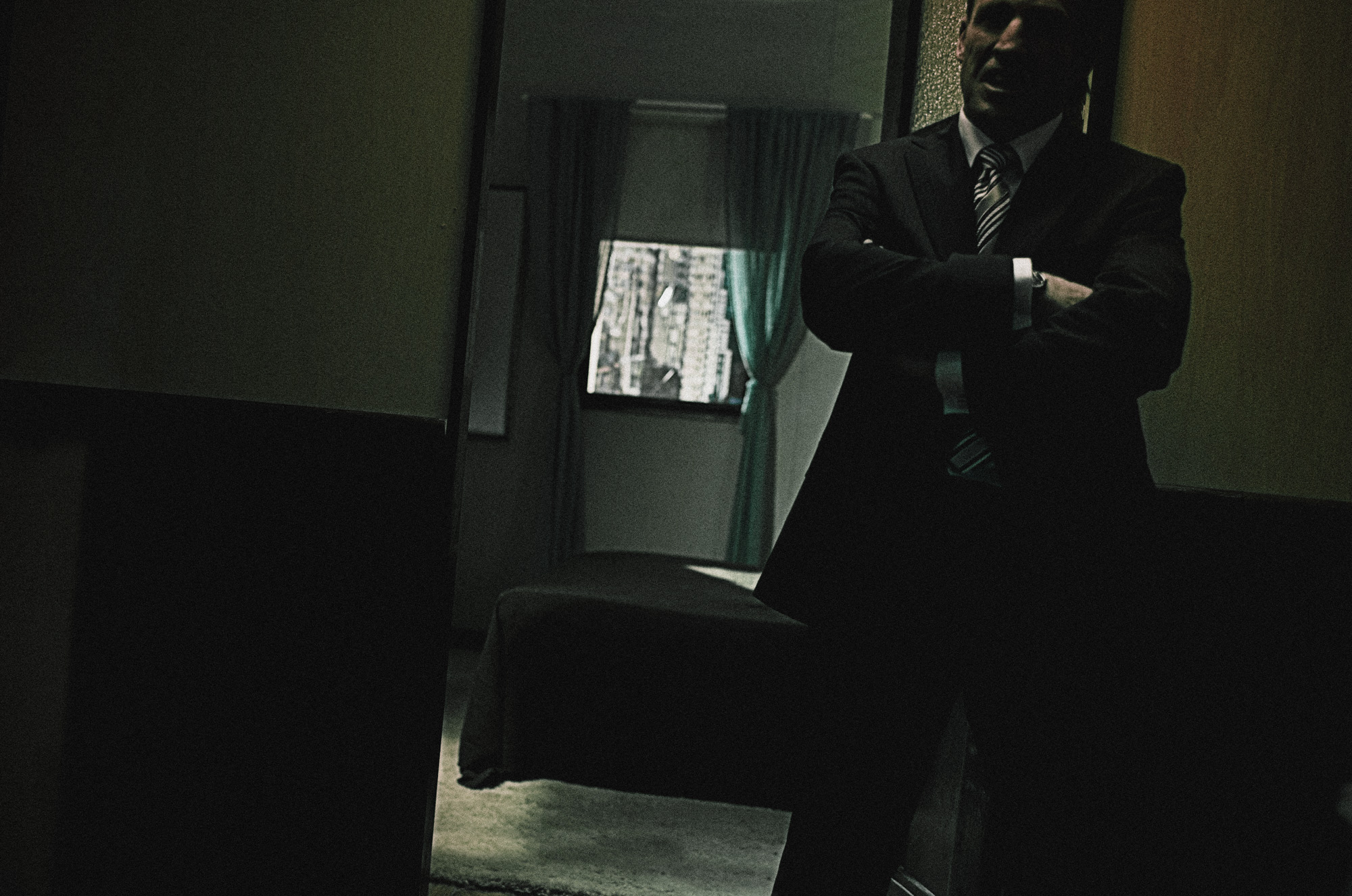
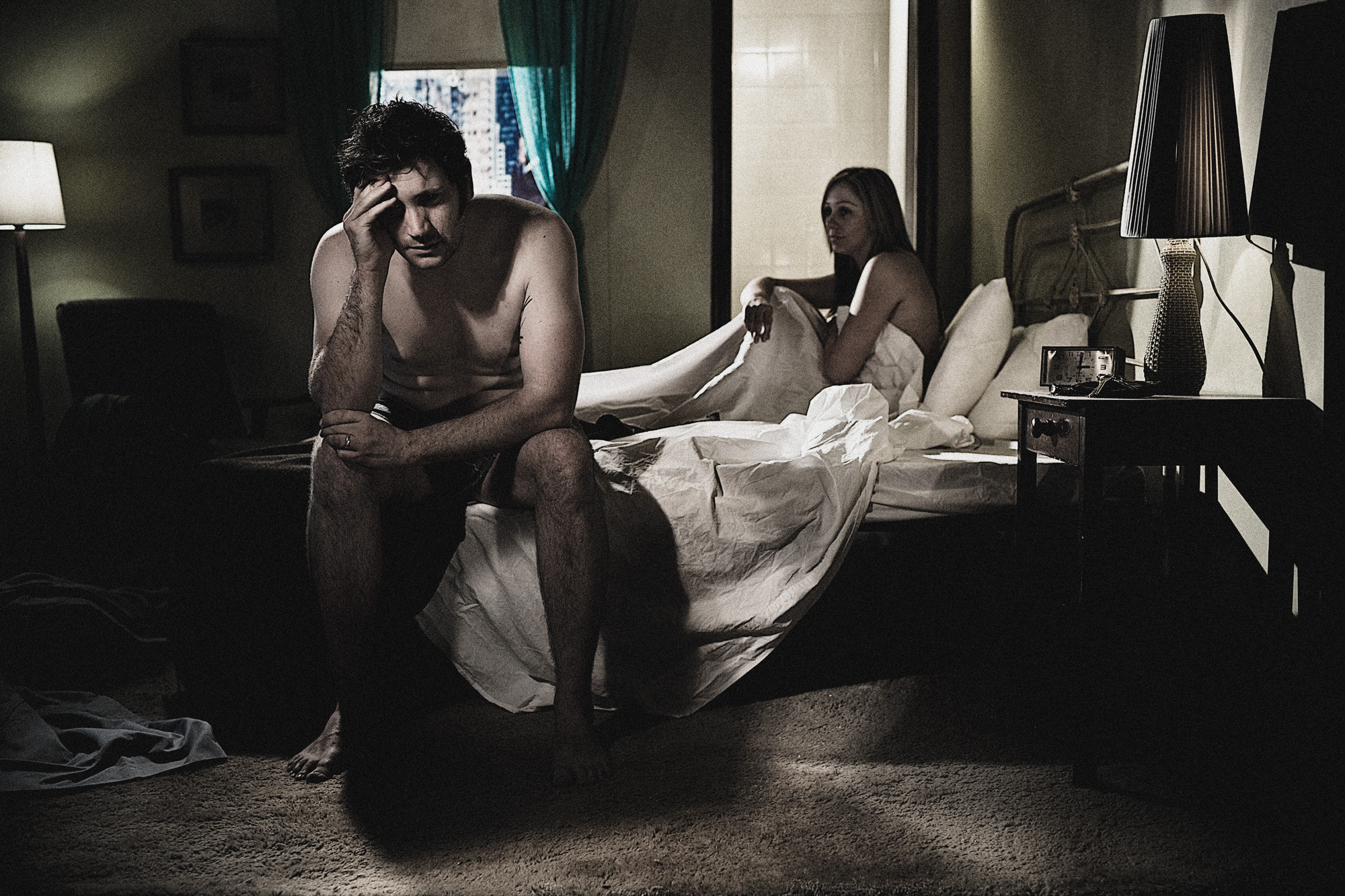
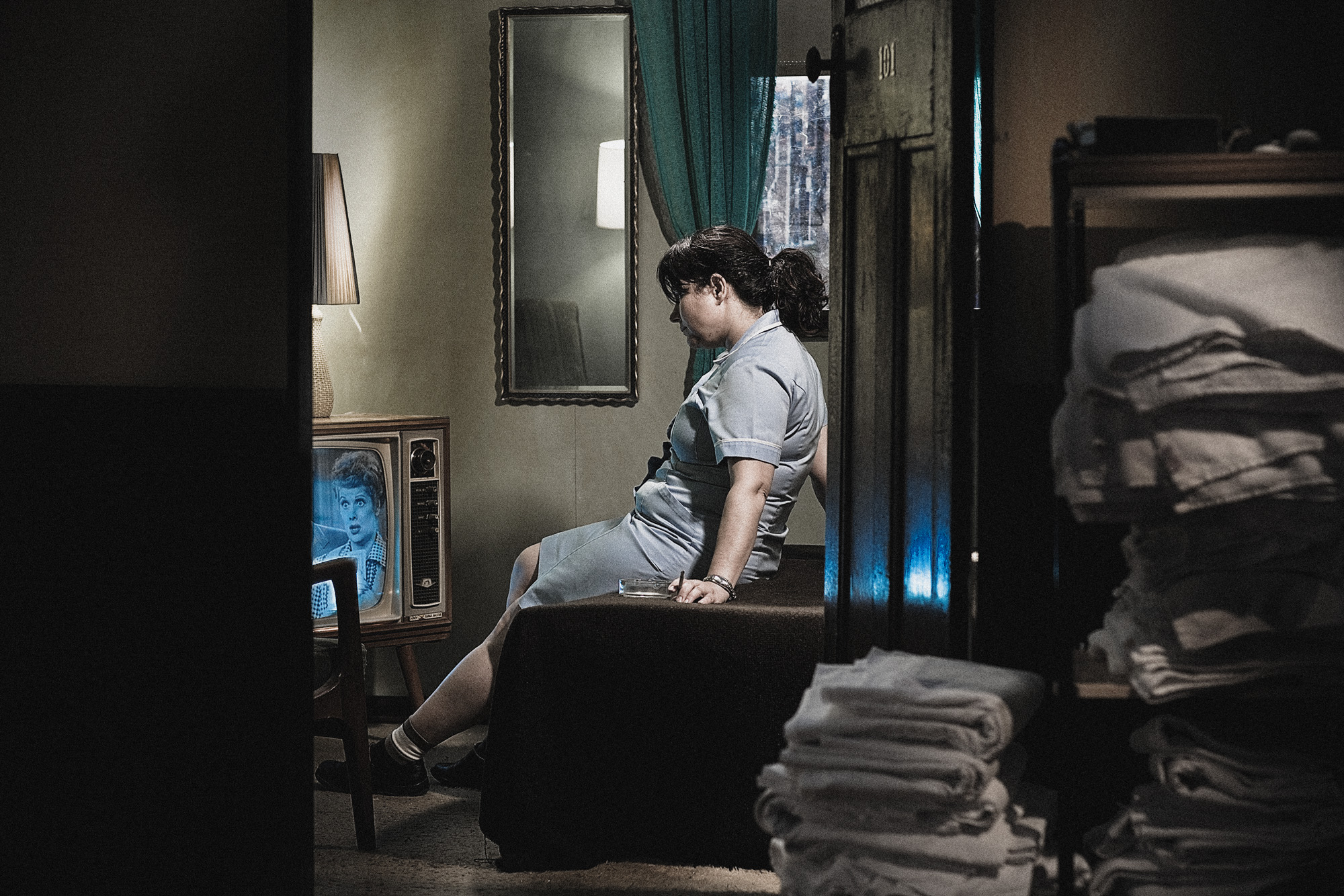
Room 101 was exhibited at the Australian Centre for Photography. It was produced with the support of the Australia Council for the Arts..
“... I’m interested in using the iconography of nature and the American landscape as surrogates or metaphors for psychological anxiety, fear or desire.” (Gregory Crewdson)
In Room 101 the frailties and flaws of the characters, their fears are all internalised. On one level Room 101 is a series portraits, little slices of life but on another level it is that fear we all hold inside, fear of failure, fear of loneliness etc. In some ways Room 101 one-person, one entity, each image a different facet. Stylistically Room 101 owes much film noir images of seedy hotels, it is a construct from many books, films and comics. Room 101 is an expectation; it is what you expect to see when you say sleazy seedy hotel, even if you have never set foot in one.
Room 101 explores notions of identity and place. It can be approached in several levels. Drawing on the experience of the Picturing Community work I wanted to explore the idea through portraits, I was also interested in how each images was part of a whole. Where as Picturing Community relied of an existing environment Room 101 is a construction; built entirely in a studio. The idea was to create my vision of a room, I draw parallels with writers, in the way they describe a scene, in a sense “constructing” it from their mind.
This approach to construction borrows heavily from mid century American cinema, as does the lighting. There is an obvious “staged” aspect to the work. Although not as obviously staged as Jeff Wall’s destroyed room, Room 101, with its inkjet printed New York skylines does not attempt to be too “real”.
Home series

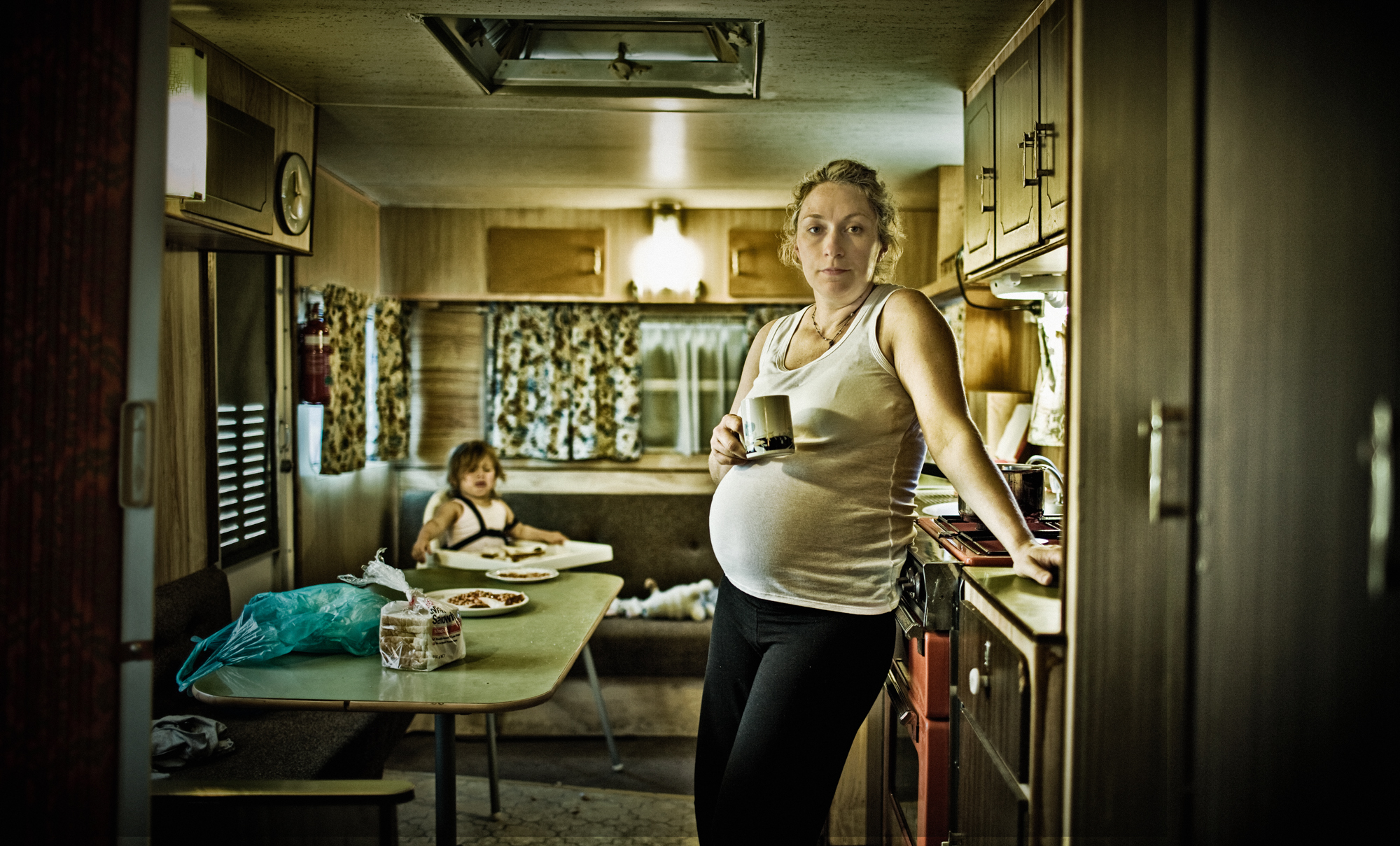
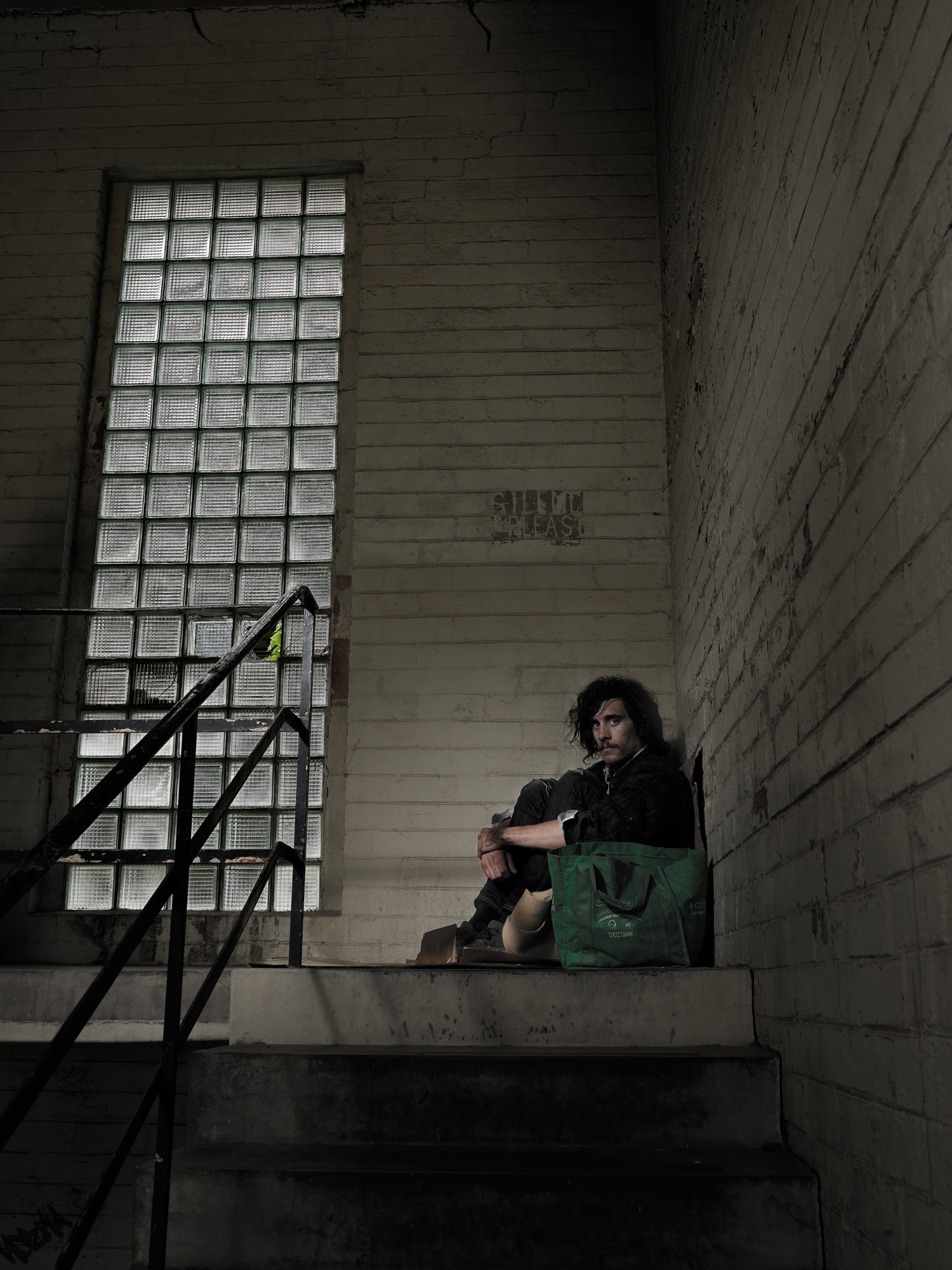

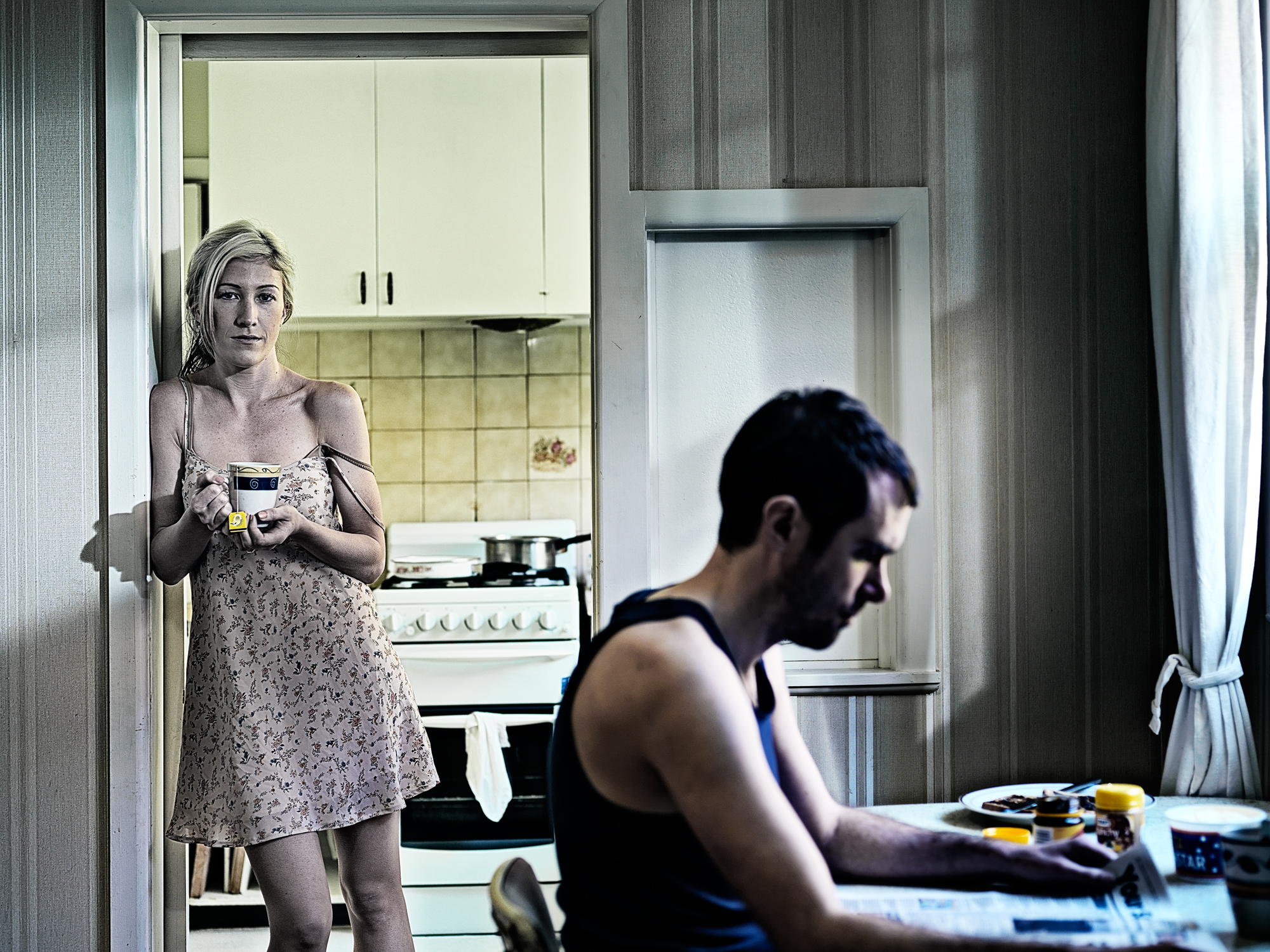
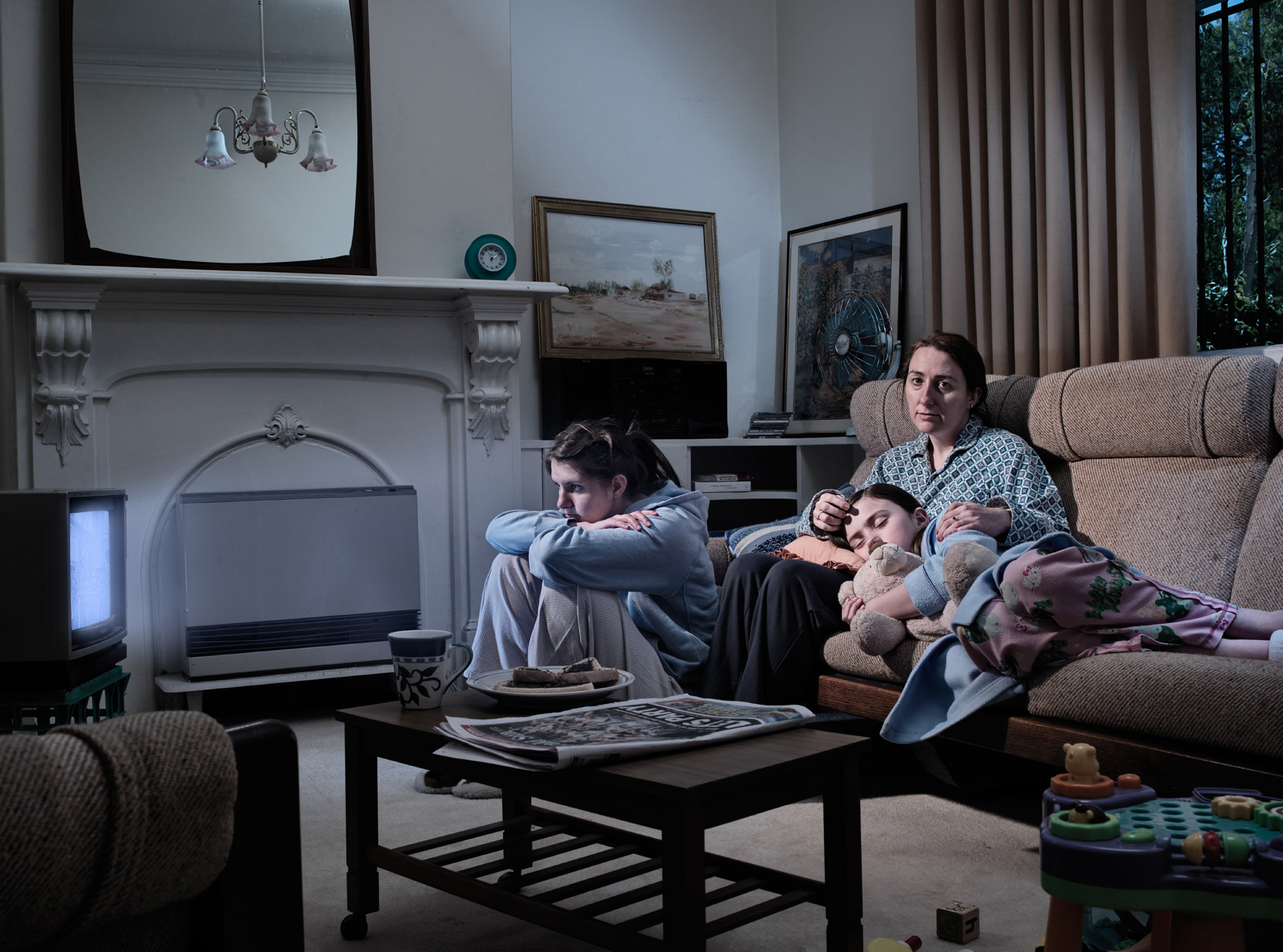
Auschwitz Revisited






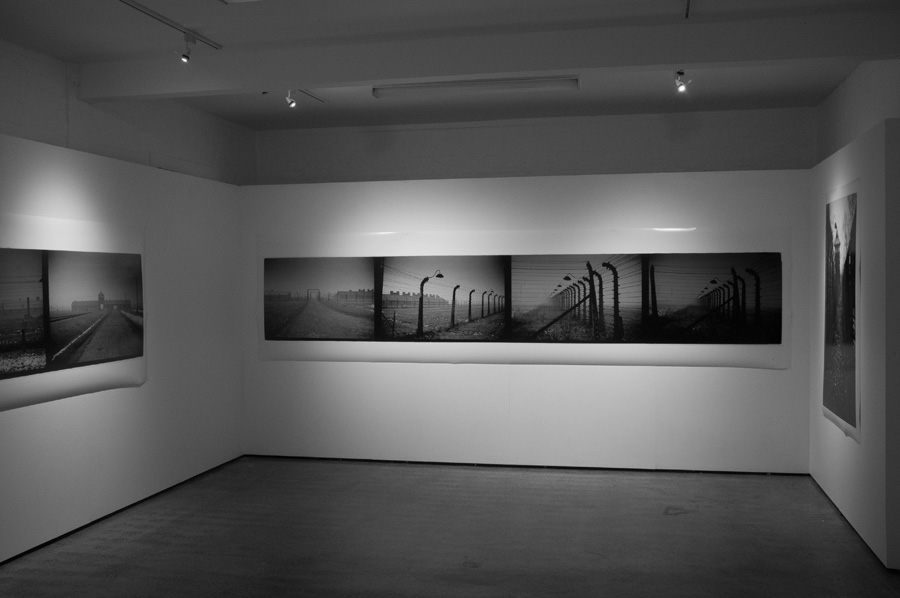
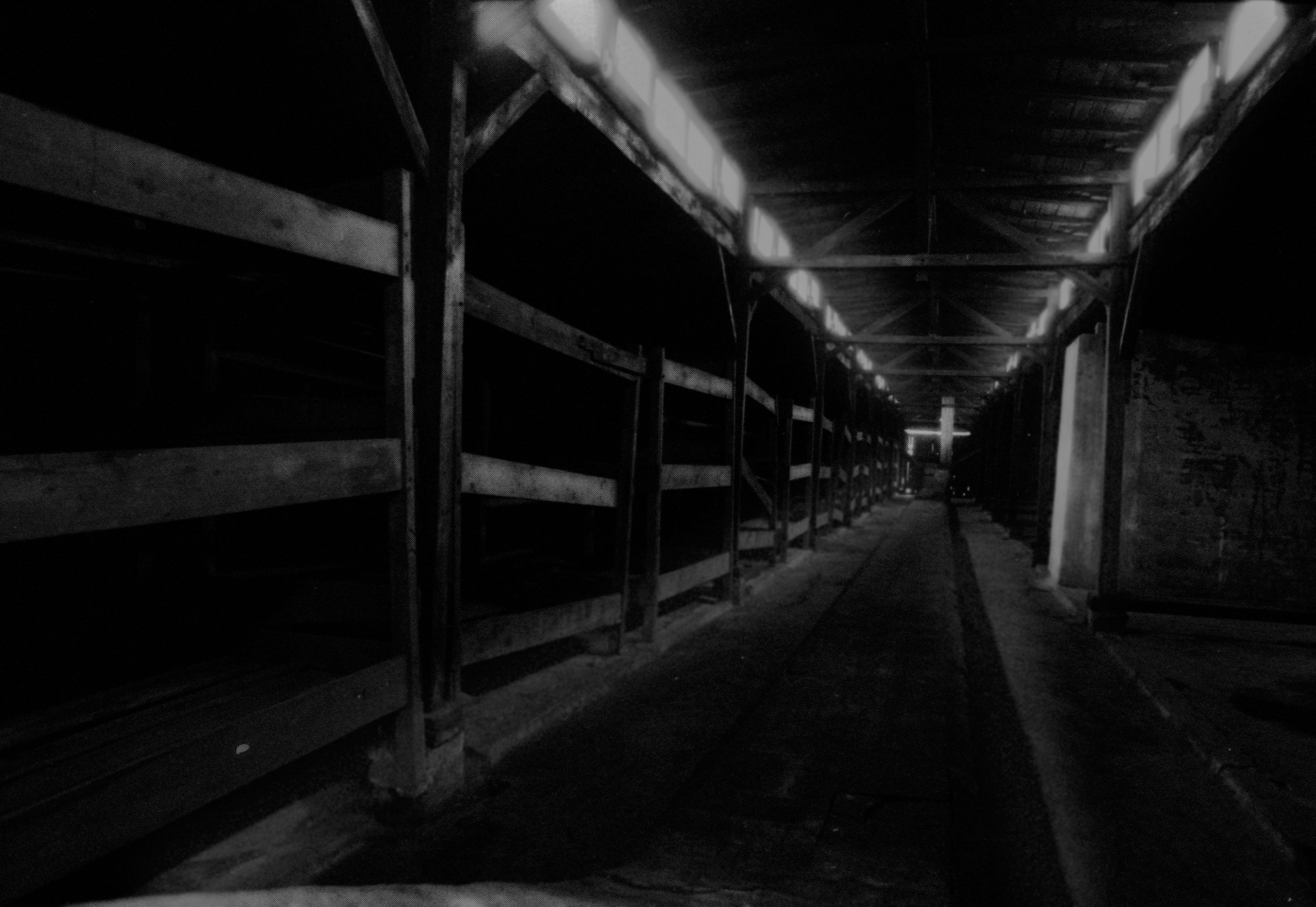




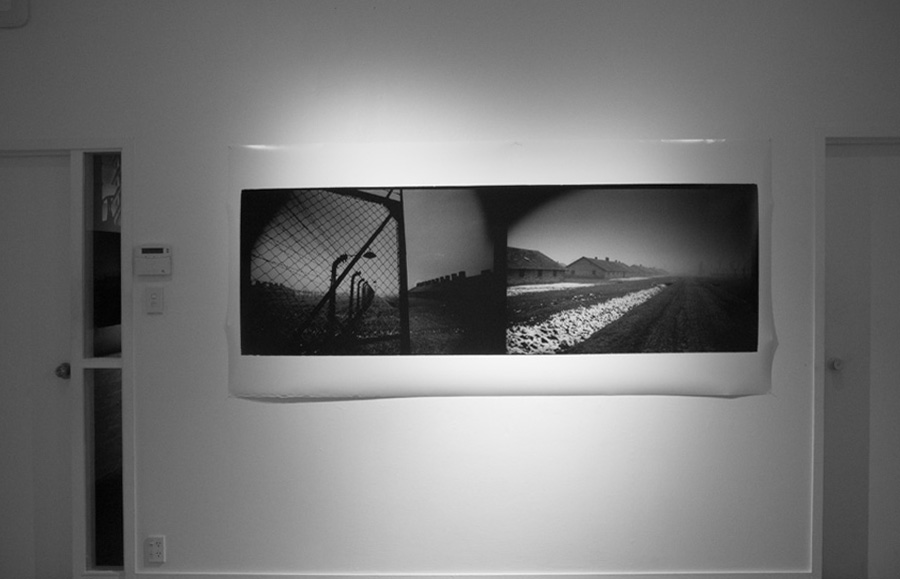
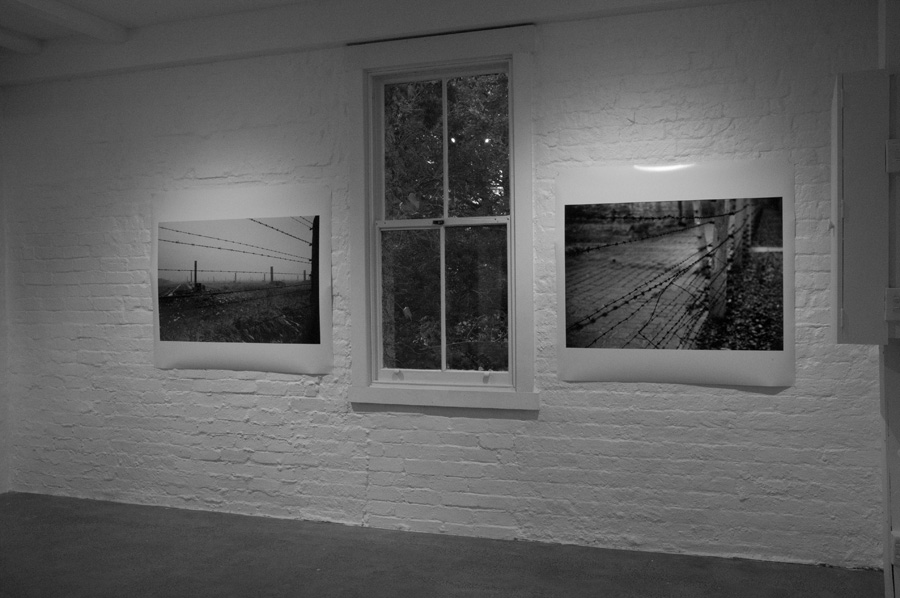
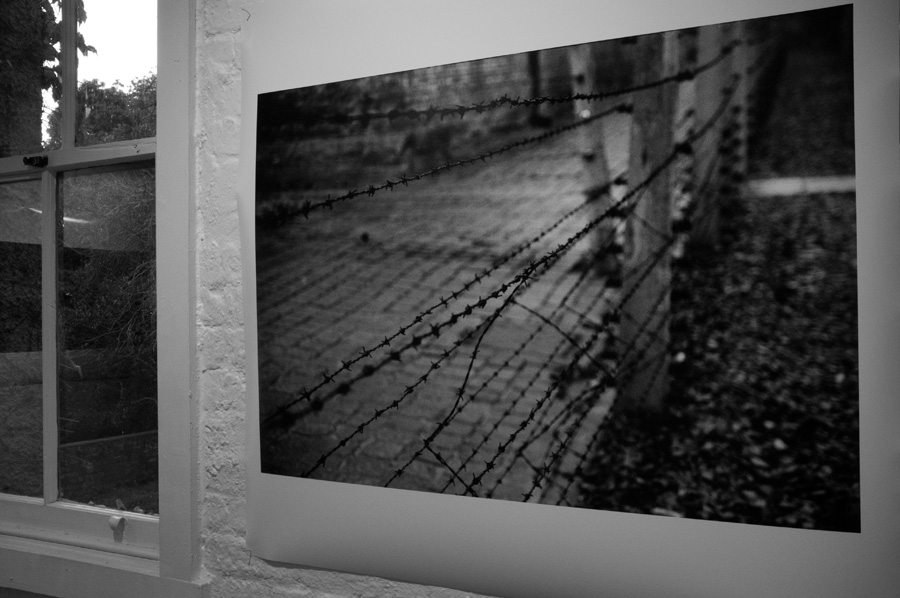

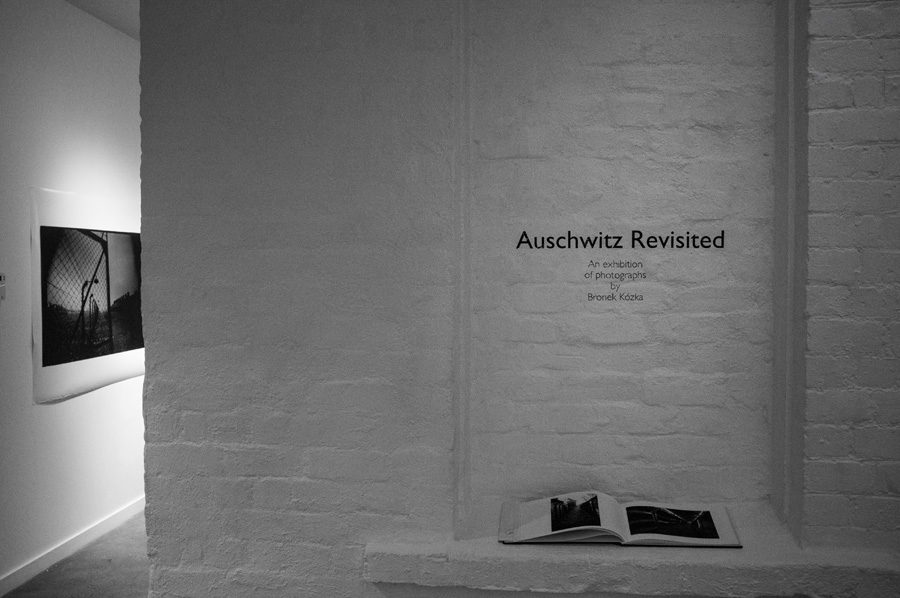
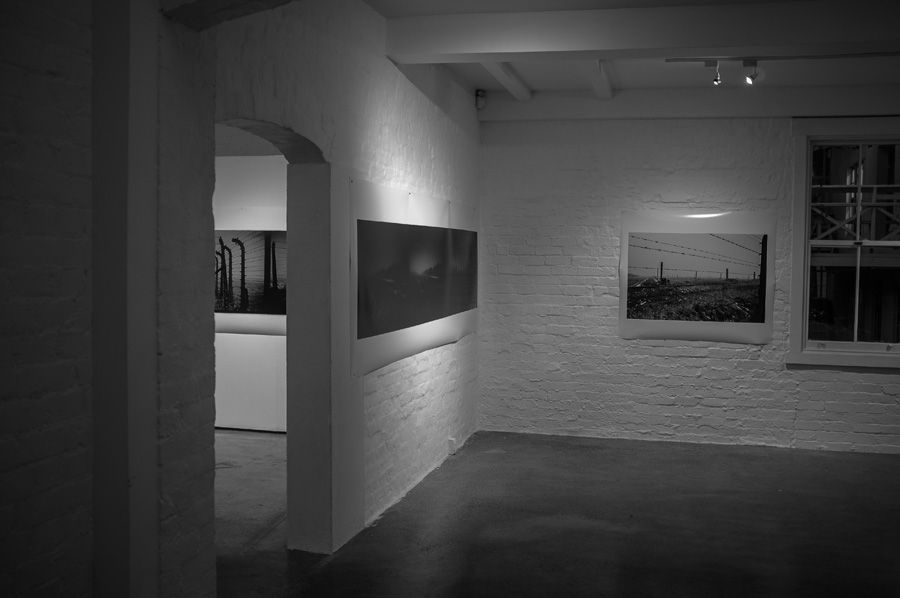
These images, are to me, the most important that I have created to date. They are important to me on many levels: emotionally, creatively and historically. They have shaped both my person and my career.
On the 2nd February 1994 [ my 24rd birthday ] I entered Poland and was quizzed repeatedly at the border: Name: Bronislaw Kózka...ne movie pop Polsku, I don’t speak Polish. The guards could not understand why I have a Polish name but can’t speak Polish. I also wondered this myself... I’d always been fiercely proud of my heritage but I just never learned thelanguage.
I had come to Poland to travel and see the country my family came from but I was also looking for something else. I wanted my own picture of Poland, not my father’s heroic pre WW2 Poland [ alluring as it was ] or the drab communistic 1970’s memories of my aunt. I wanted my own interpretation of Poland, I wanted to understand its relevance to me. I did not intellectualize this too much while travelling, I just looked, saw, and took photographs...
Before visiting Auschwitz I had no idea the impact it would have on me. I have always had a good knowledge of WW2 and the Holocaust, I had been to Dachau in Germany and I had read a lot. My expectation was that I would be horrified, that it would be awful... I’d learn something from the experience and I’d be on my way. The strongest memory is standing in the bitter cold looking to a foggy horizon and seeing what looked like columns: they were not columns they were chimney stacks for as far as I could see. One chimney, one hut... the magnitude of the horror dawned on me at this moment.
I didn’t want to take any photographs at first... I felt it was inappropriate. I was reminded of the snap-happy american tourists at Dachau and what I thought of them. However at some point I did decide to shoot. I had no grand plans for the images, I just started shooting. Maybe it put a filter between me and my location or maybe it’s just how I see best, I’m not sure.
After being there for several hours it started to get dark, it was time to leave. I can’t even begin to describe my feelings and emotions while there. I only hope the images can convey what the words can not. I drove back to Krackov, through Wilamomitz: my family’s town. It was here that the most frightening and daunting revelation occurred to me. How close my family was to Auschwitz! How easily they could have ended up there rather than in the Russian labour camp they were deported to. My Grandmother, a jew converted to Catholicism and married to a Polish army officer, my father and uncle... all could have ended up in Auschwitz...who would I have been then? Would I have been at all?
The holocaust ceased to just be a historical event it became something very real to me.
When I returned to Melbourne I did nothing with the images for six months. I didn’t even develop the films for about for about four months. Finally I decided to print up the images, black and white prints. The images have since been used on several educational websites, one of the images, a composite montage has become a book cover [The World of My Past - Abraham Bidderman.
I did not really discover what Poland meant to me - I’ll need a few more trips to arrive at that conclusion - but I did learn something new about myself and I certainly learned something new about my art.
Perfect:Synthetic
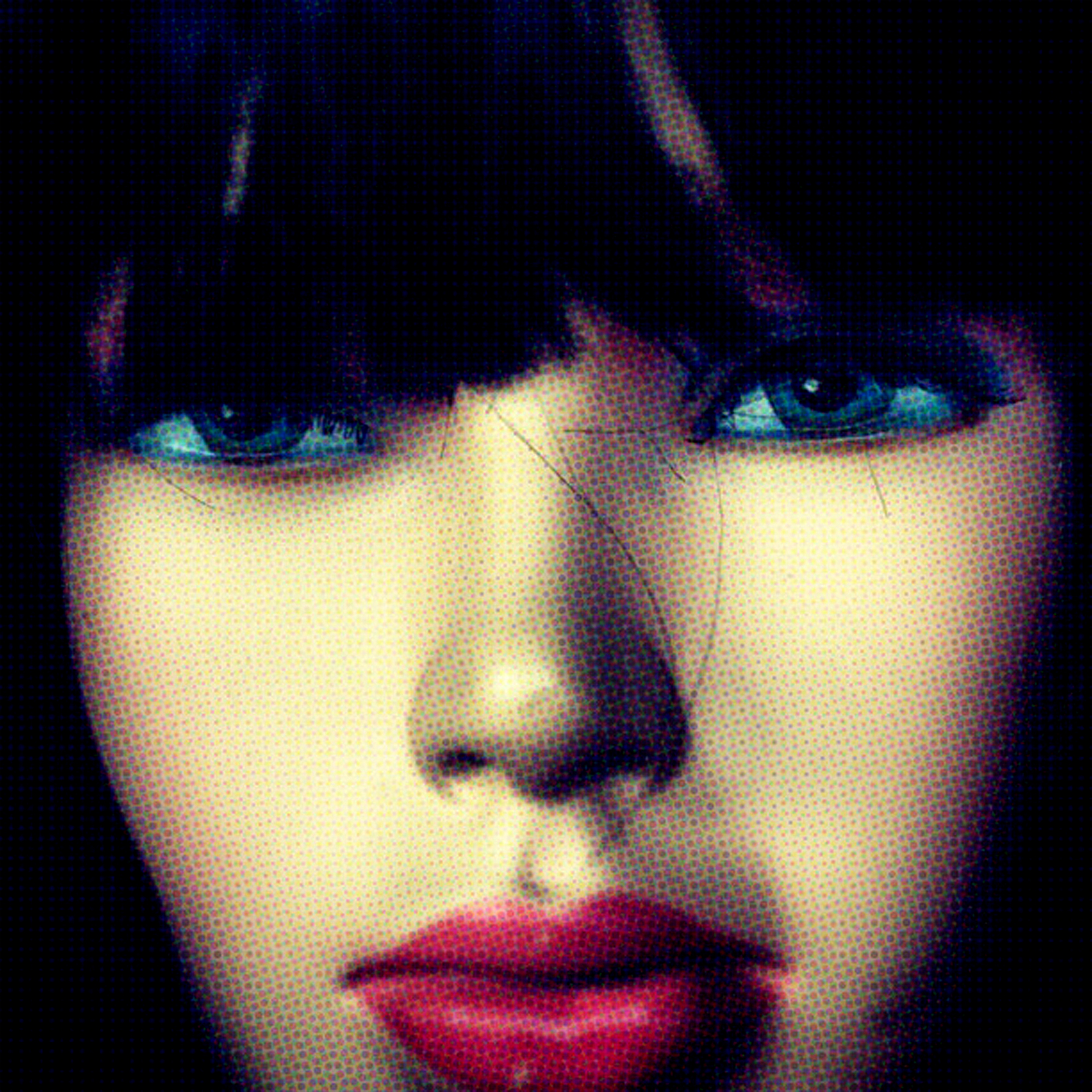

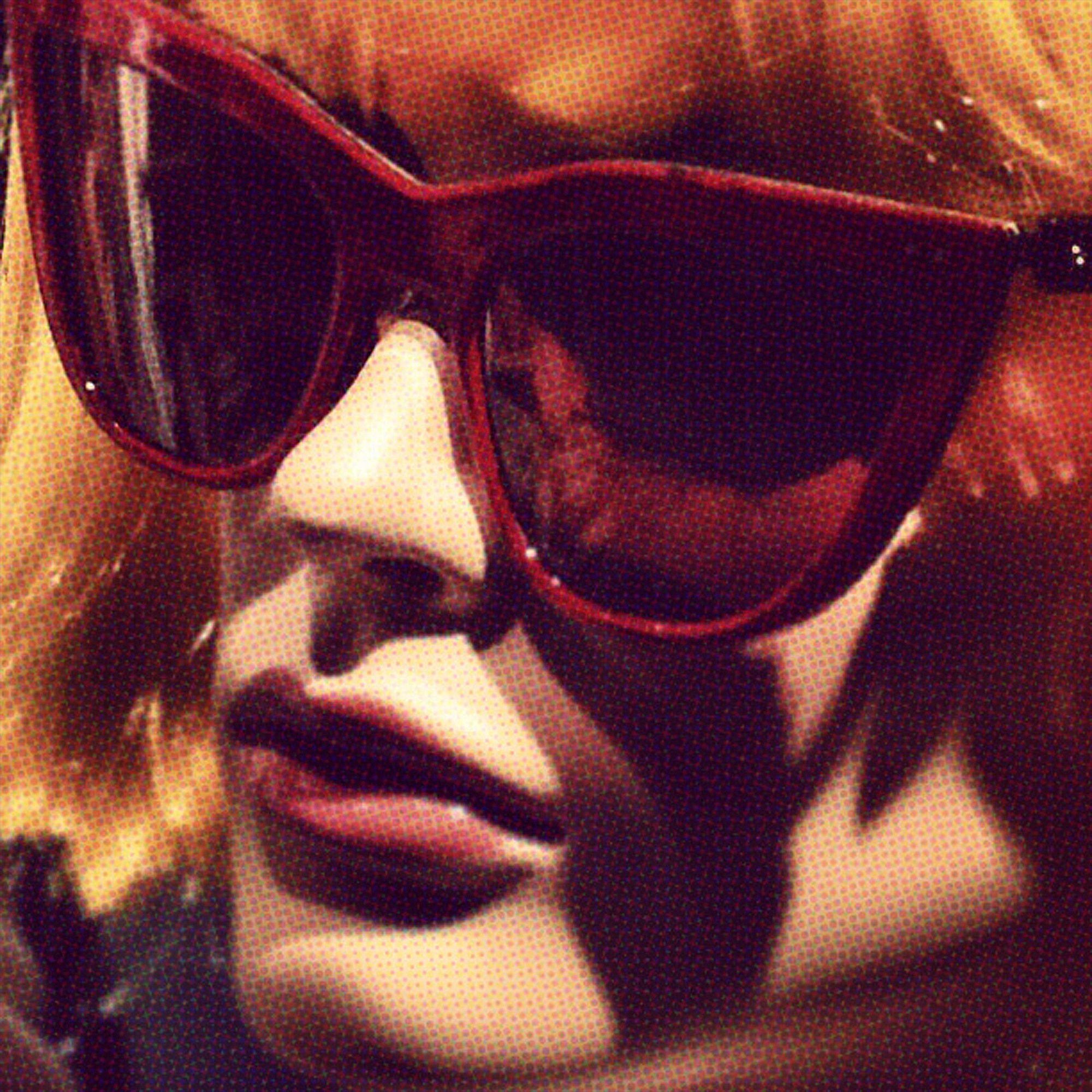
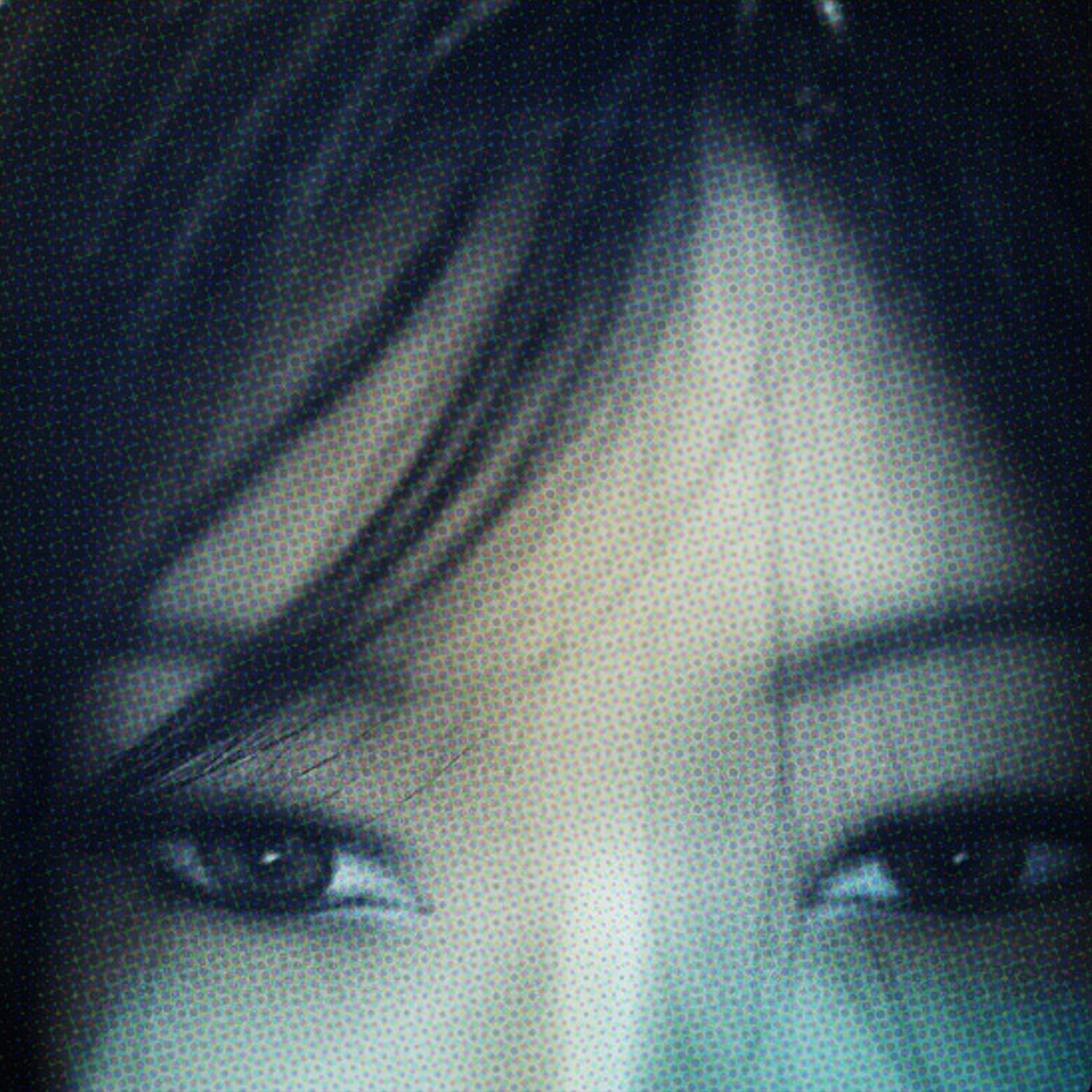
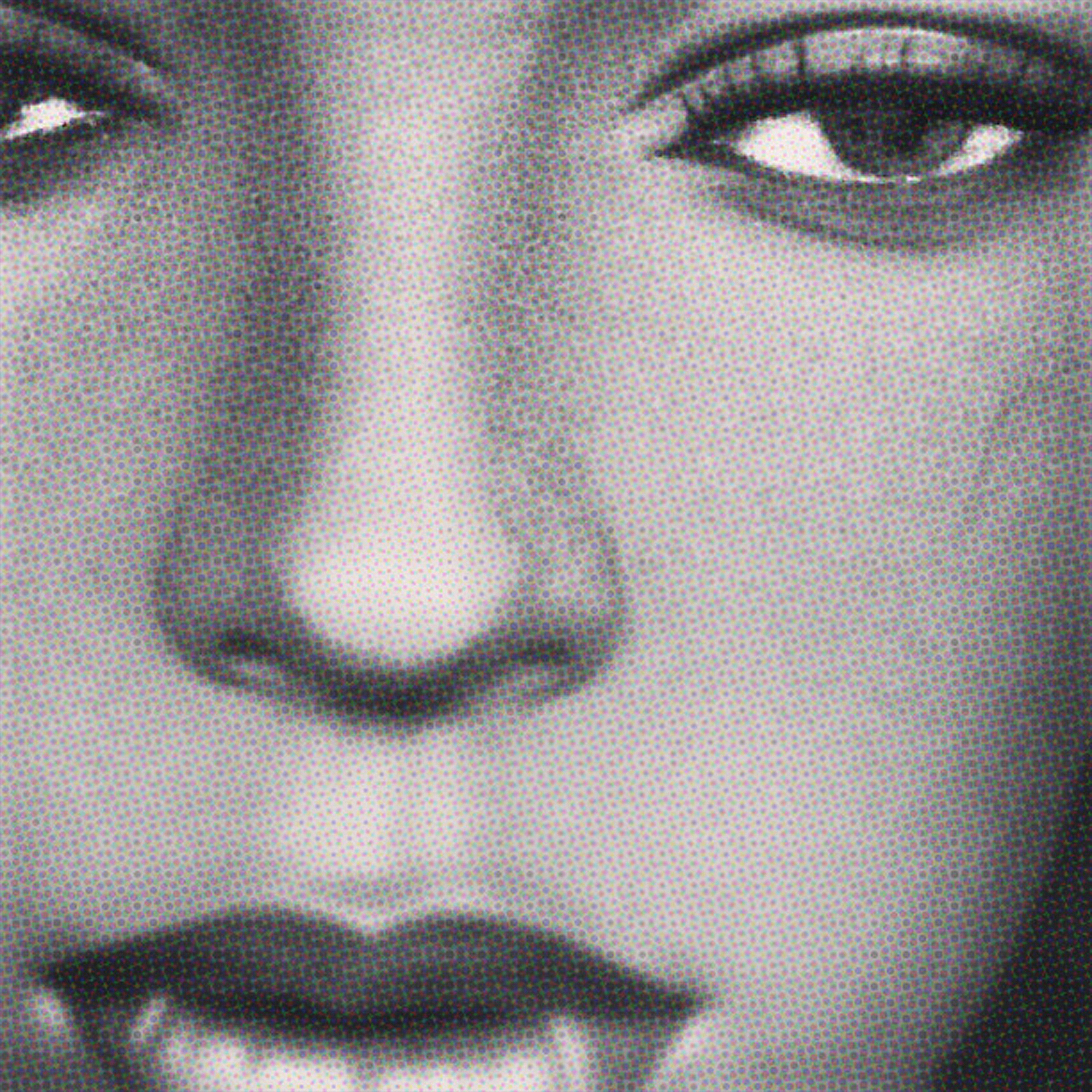
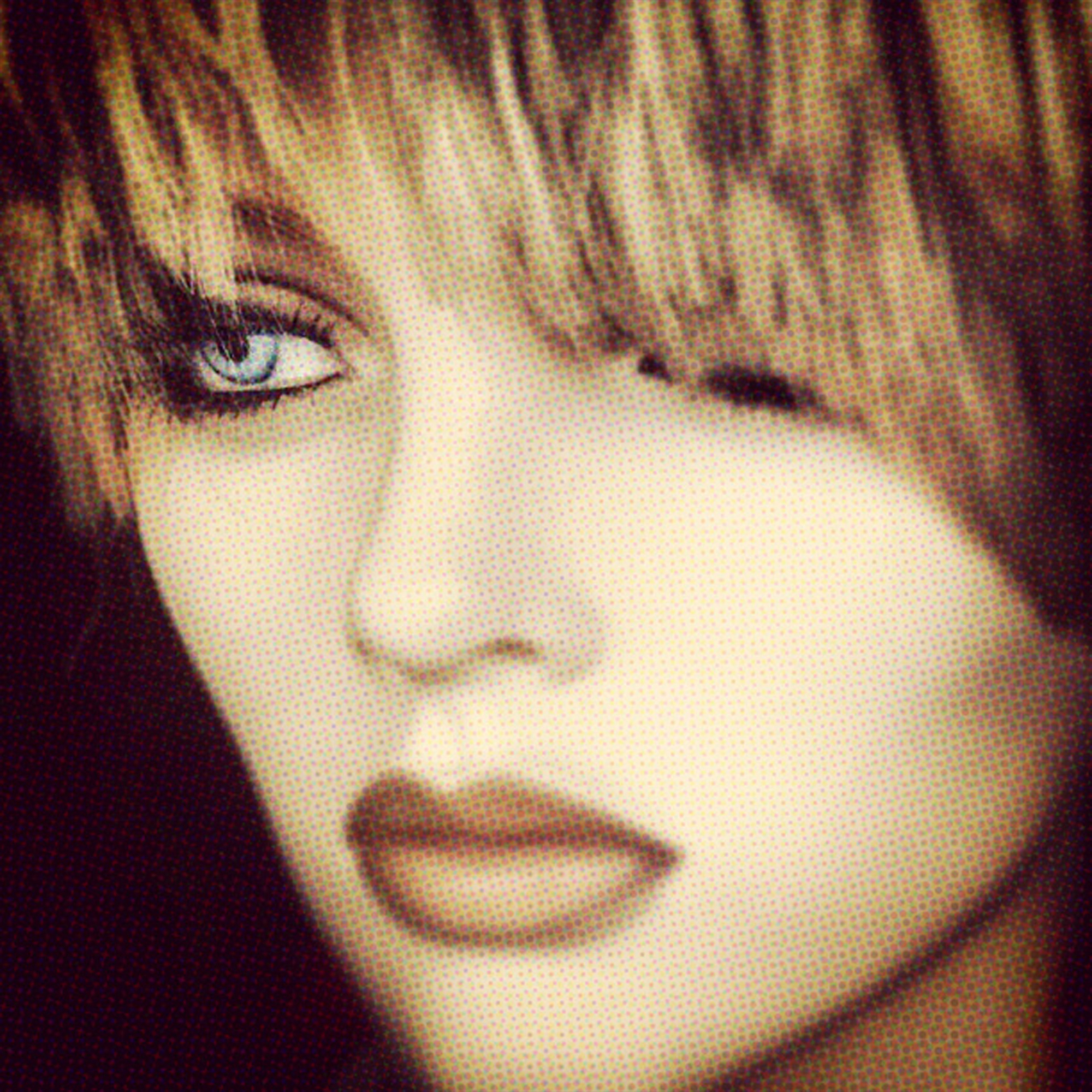
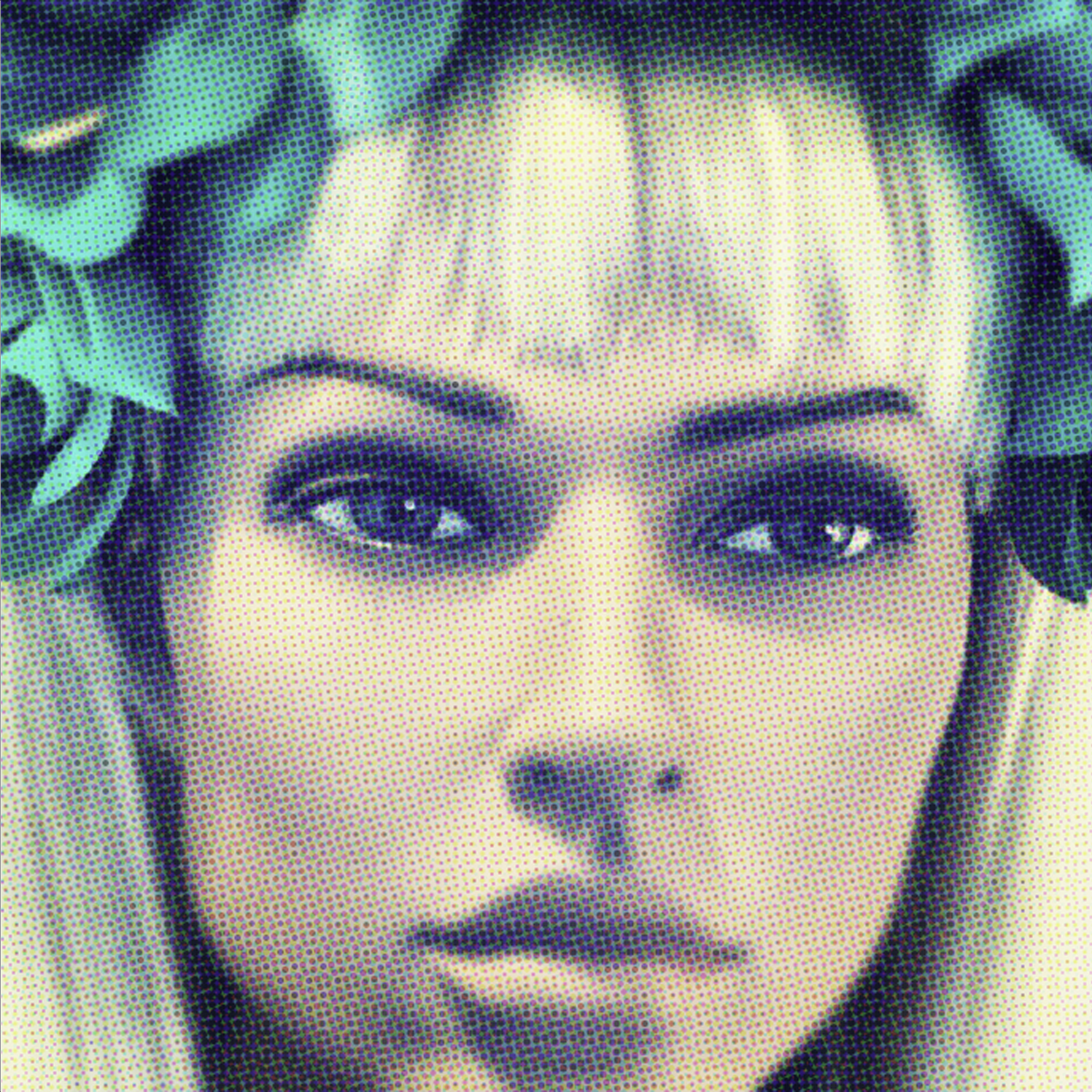
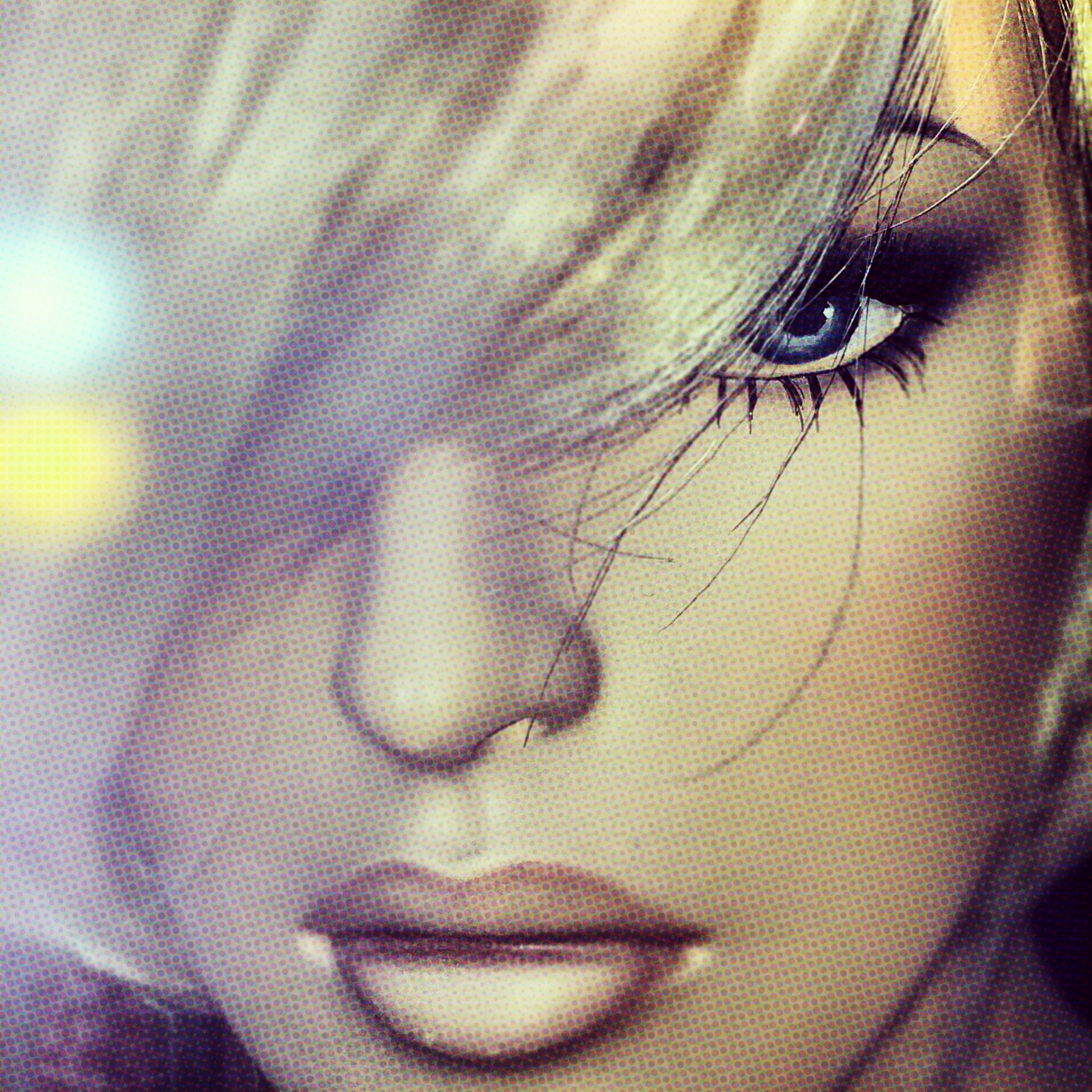
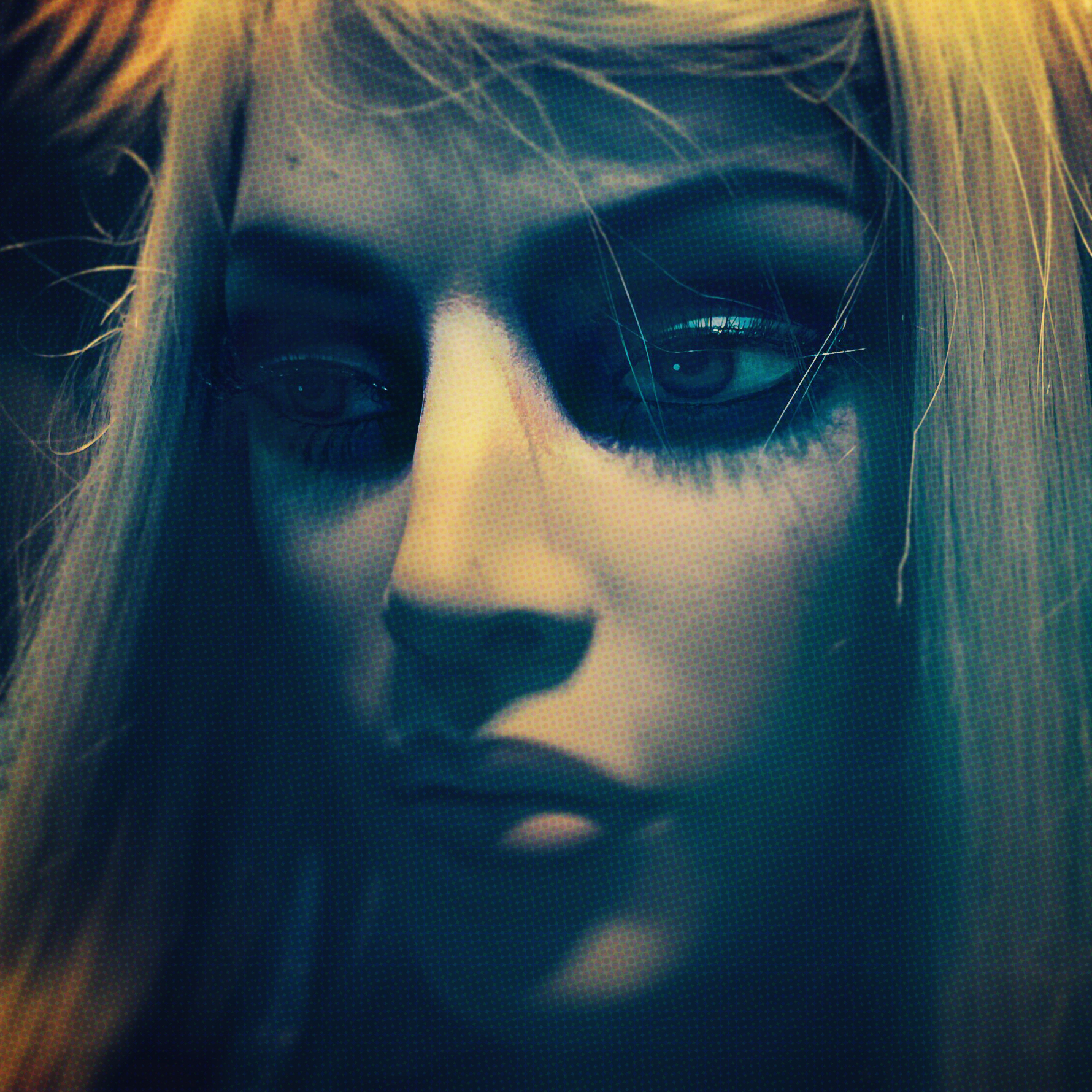

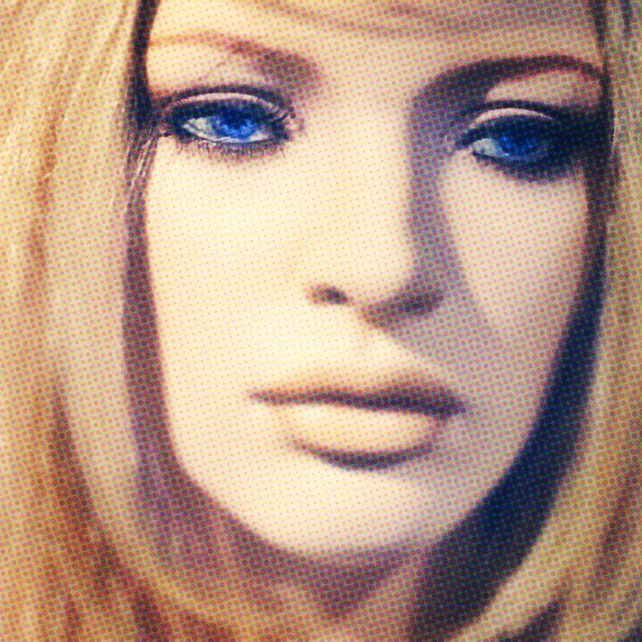

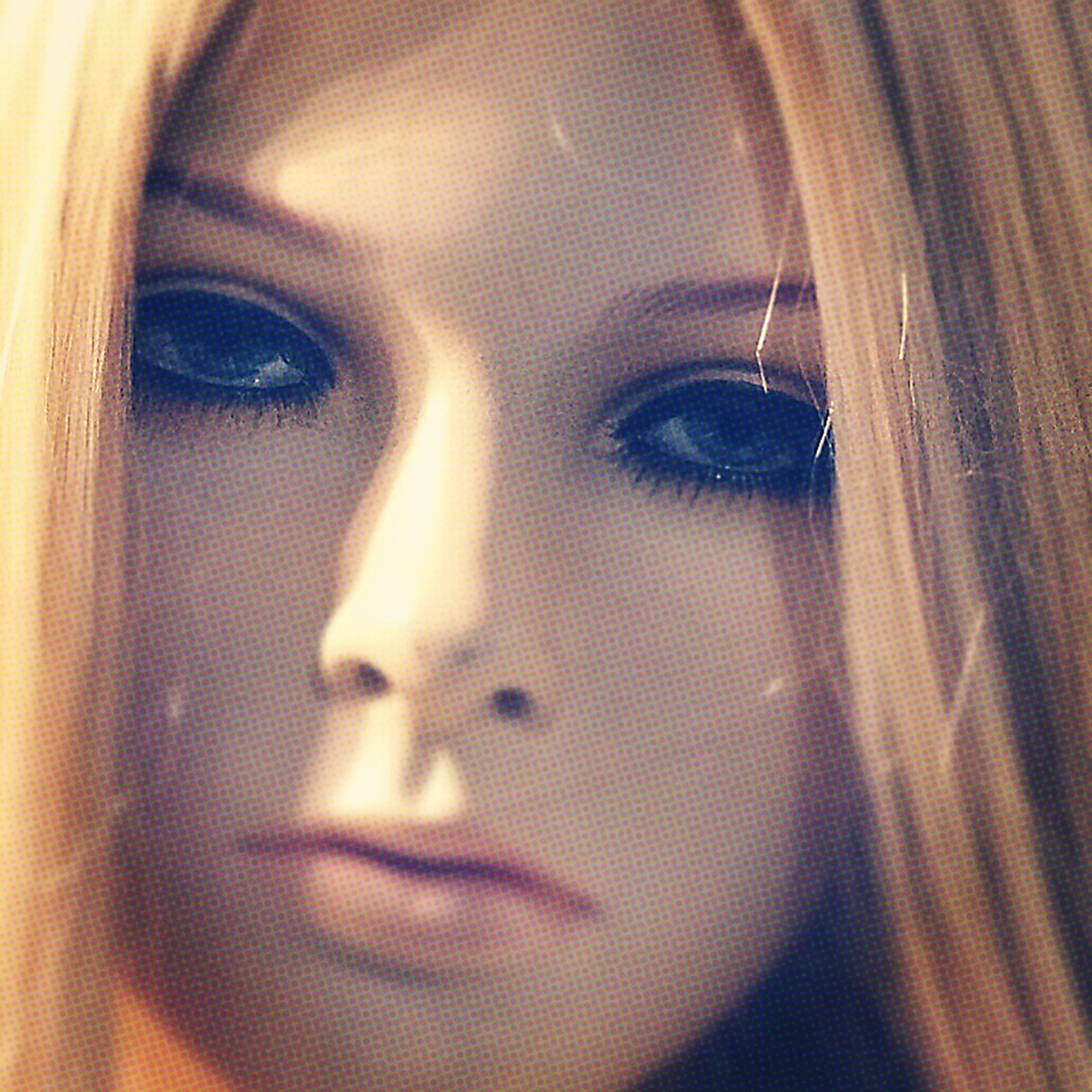
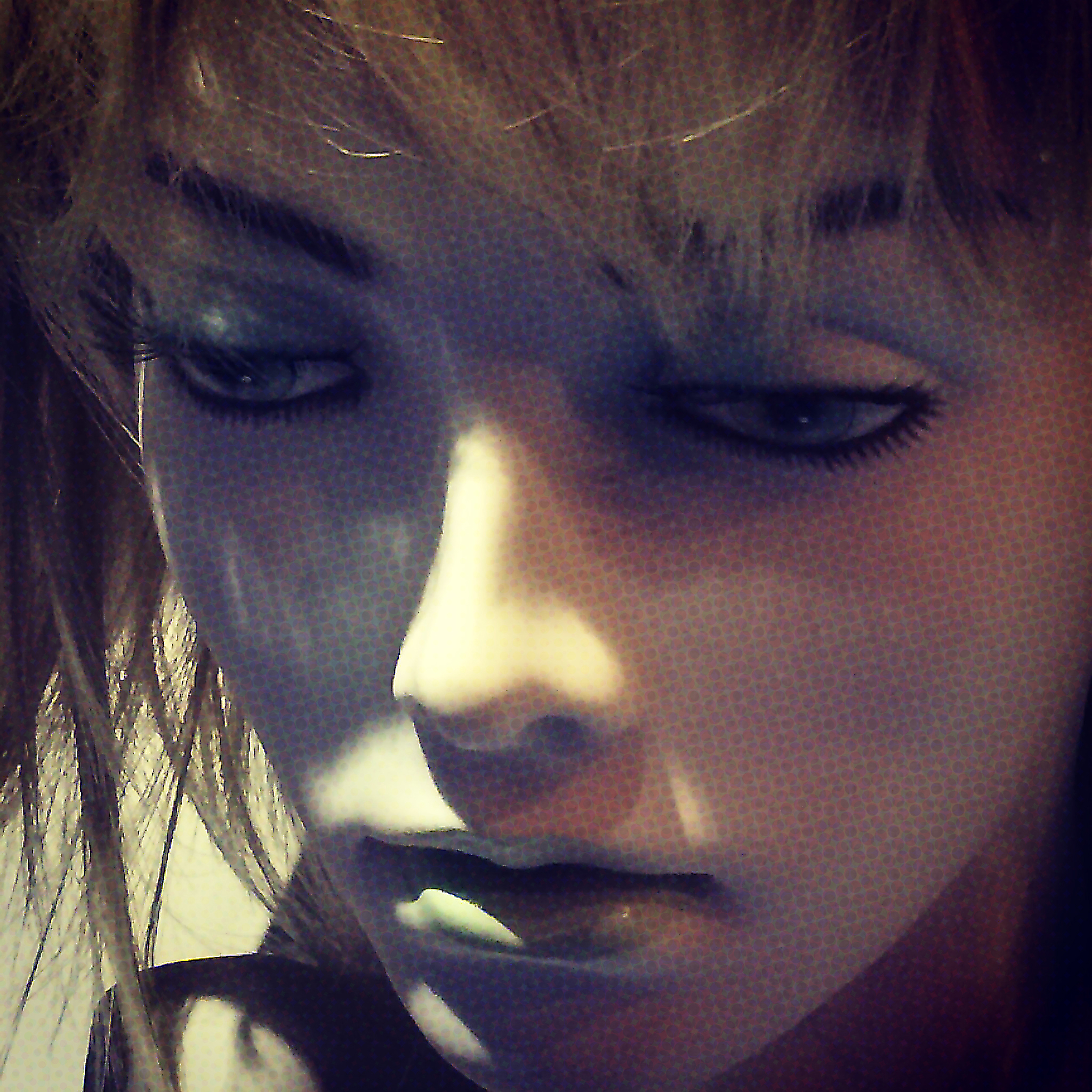
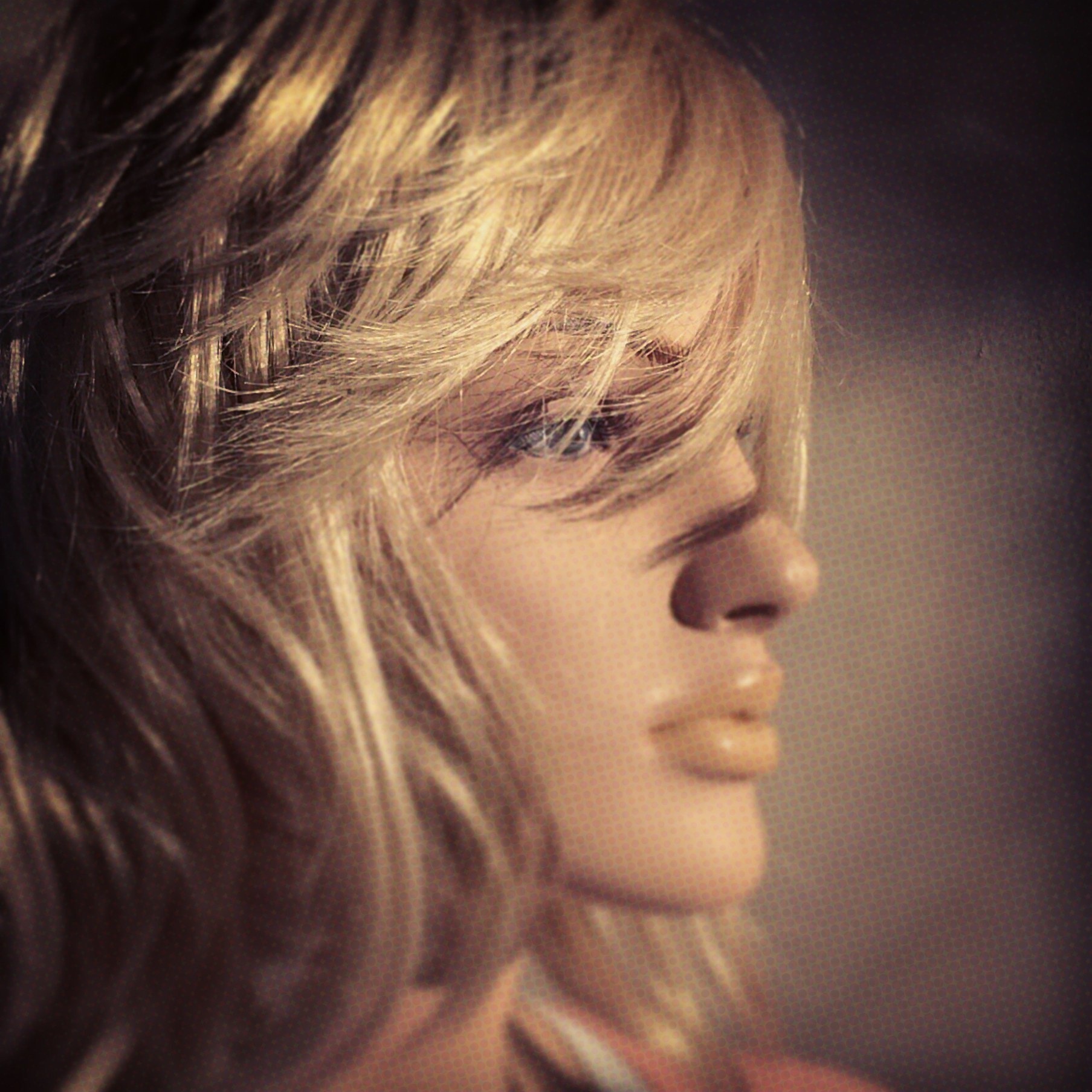
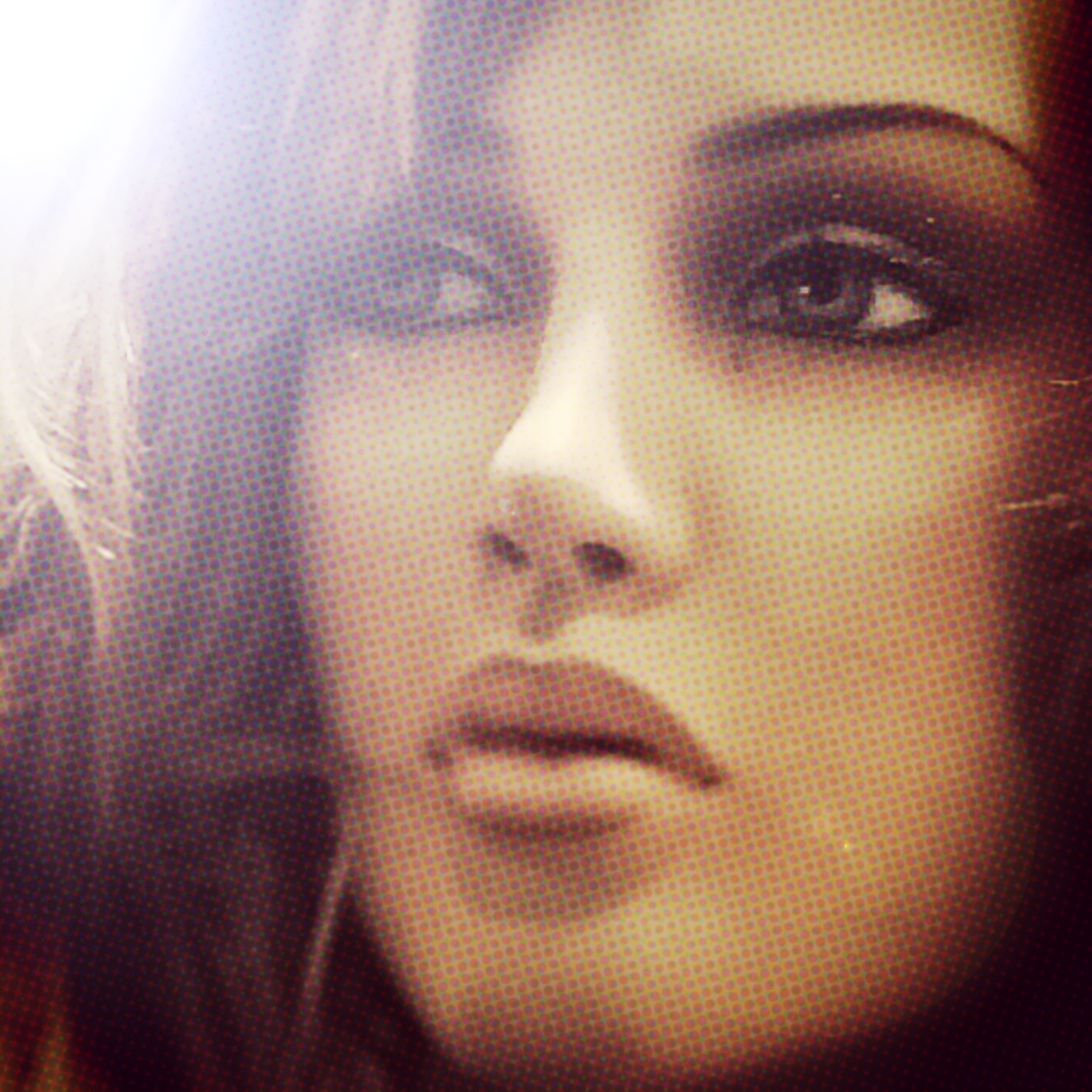
Perfect:Syntheticis a large ongoing series that looks at the seductive gaze of
the mannequin. These synthetic plastic representations of perfection and a perfect
life, through their fixed gaze, pouting lips and absolute attention to us, seduce us
and draw us in almost offering themselves up to be consumed.
The perfection though is flawed, the surfaces often chipped, discoloured and marked
some are, to quote Shakespeare are "...rudely stamp'd", poorly made or crafted. It's
said that beauty is only skin deep, the synthetic veneer of these sirens is equally
shallow. These mannequins have one goal, the to temp and seduce, us to buy and
consume, they offer nothing more. They have no ability to understand the
consequences of what they do, they are plastic, lifeless. We made them yet, we are
manipulated by them.
As Brian Massumi states in REALER THAN REAL - The Simulacrum According to
Deleuze and Guattari, "A copy is made in order to stand in for its model. A
simulacrum has a different agenda, it enters different circuits." These images
remove the mannequin from the context of the window display, intensifying their
gaze. The idea of entering "entering different circuits" interests me in respect to how
the work then exists, and is interacted with and understood.
